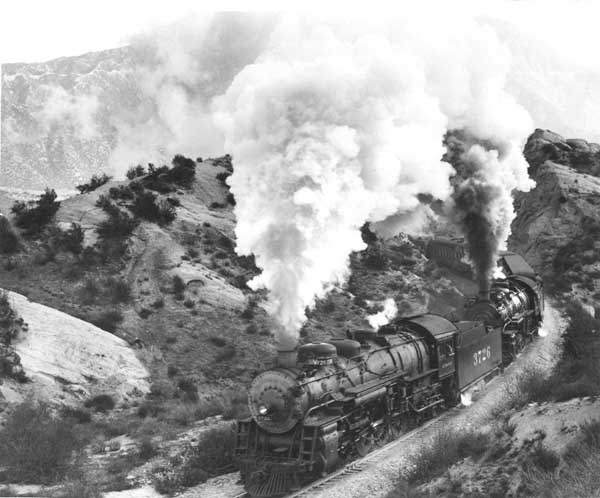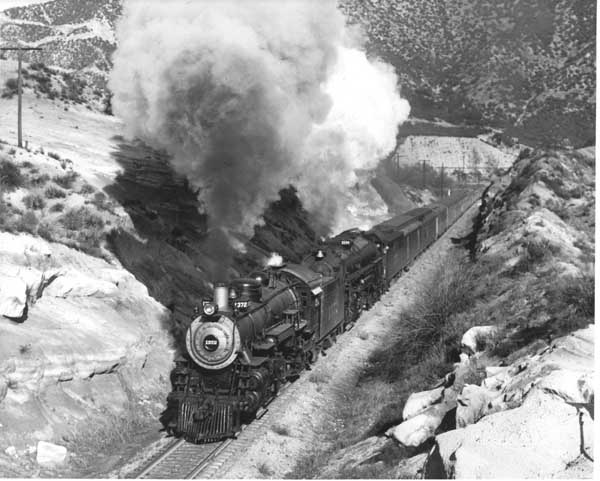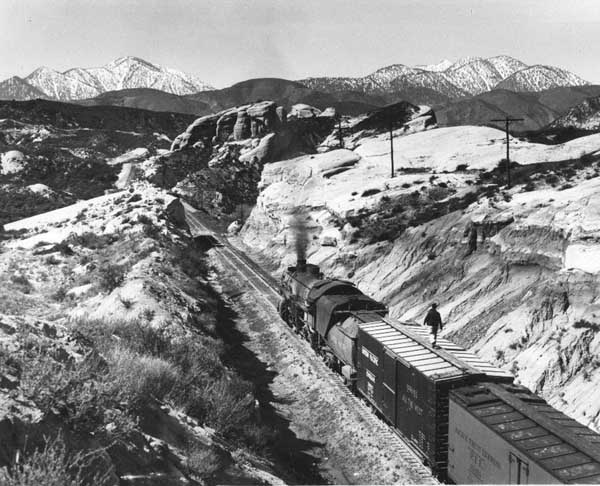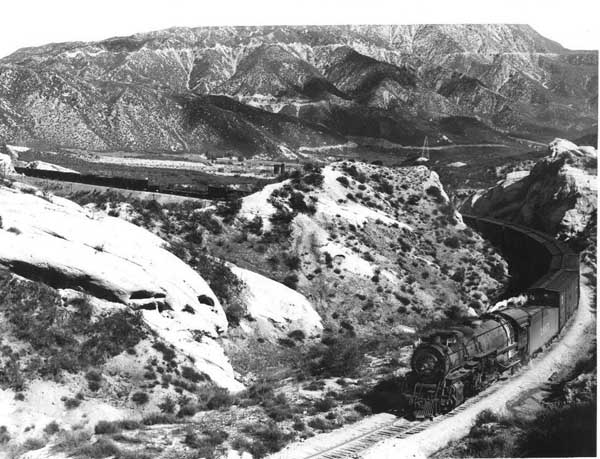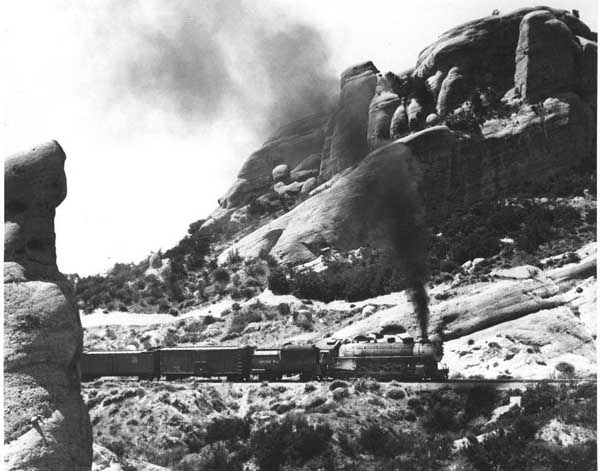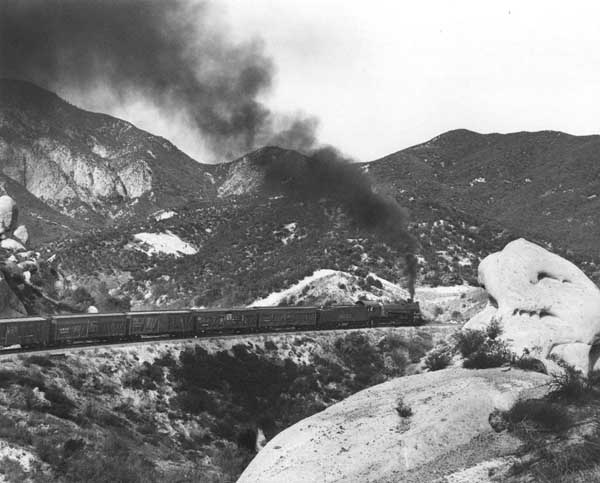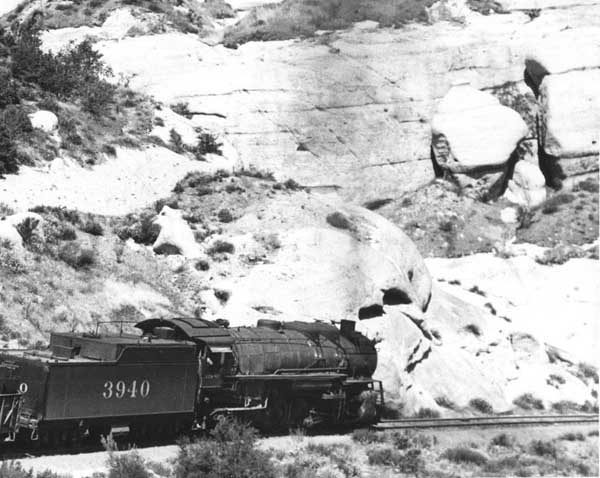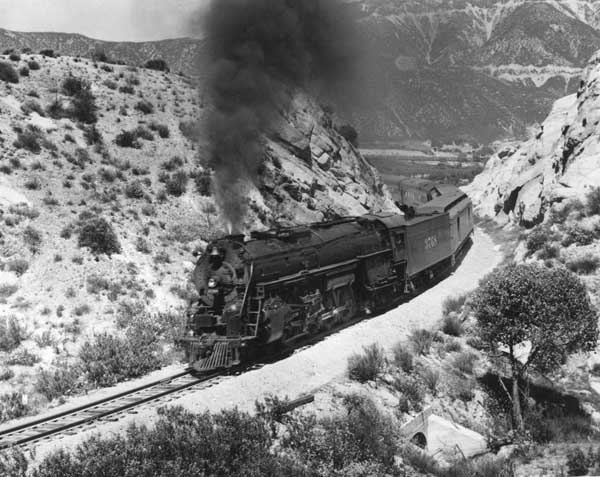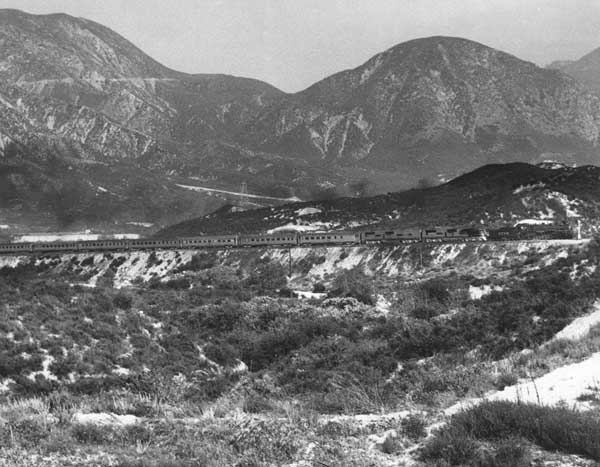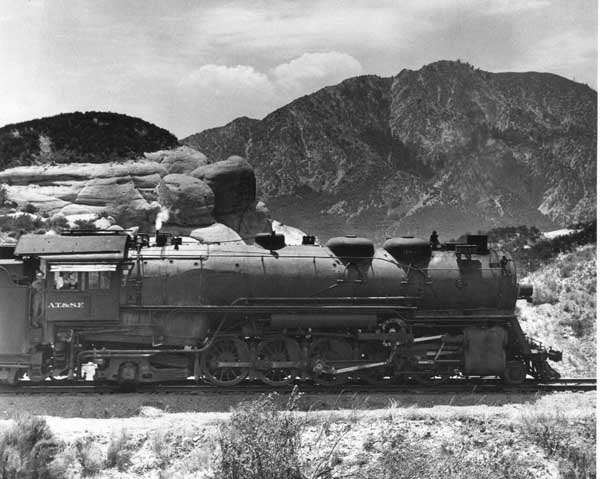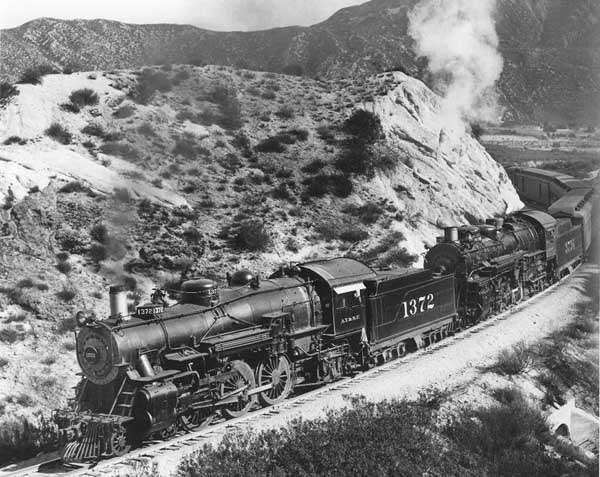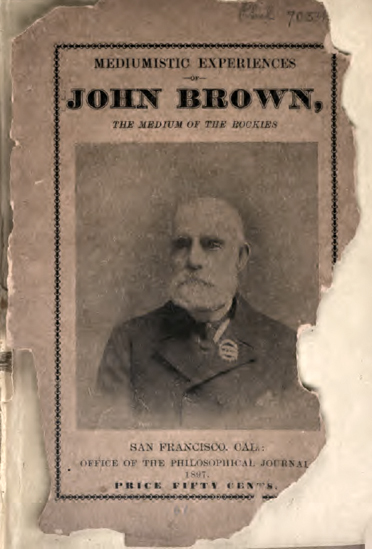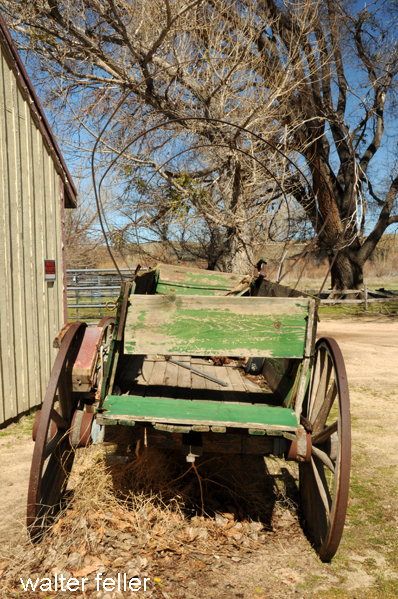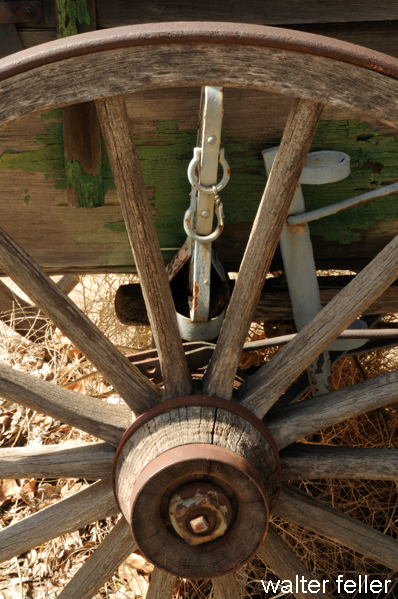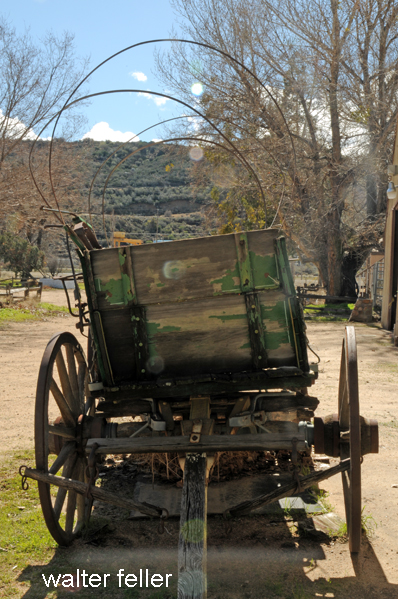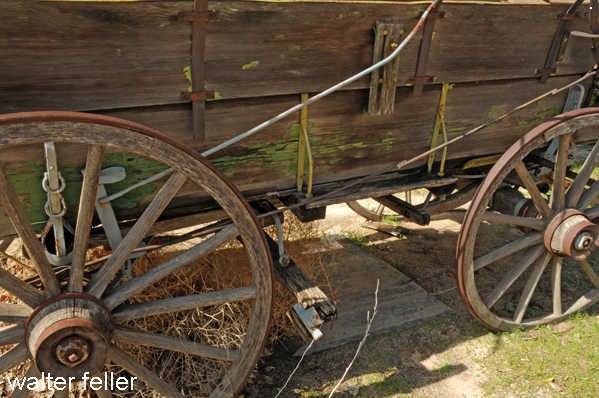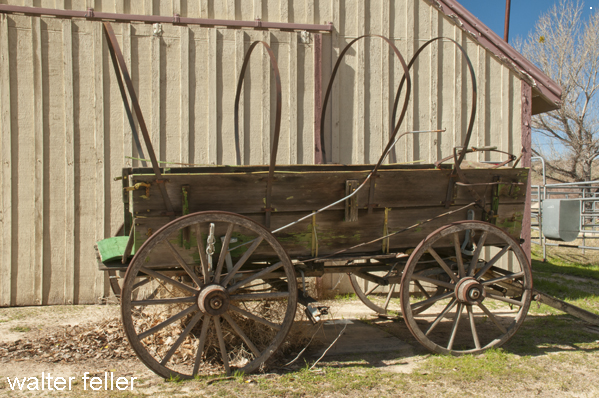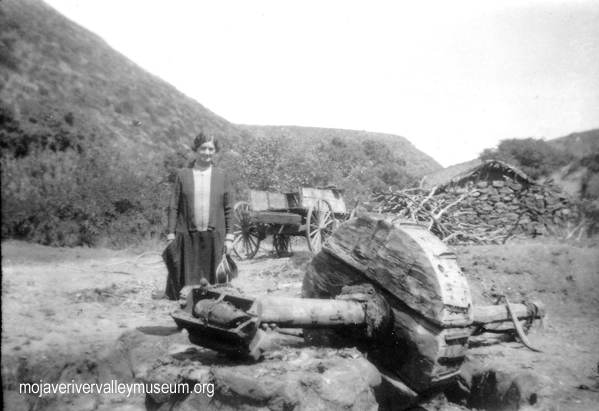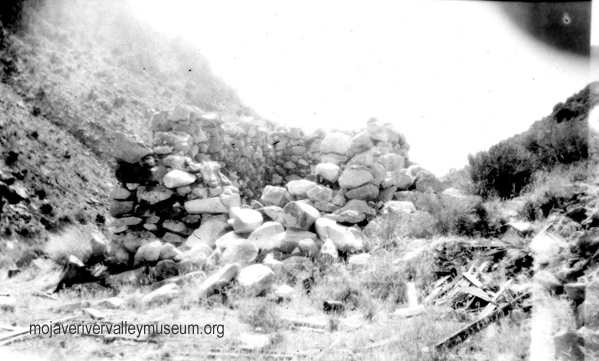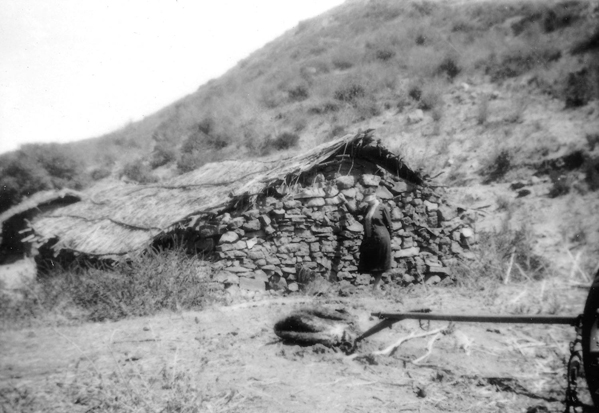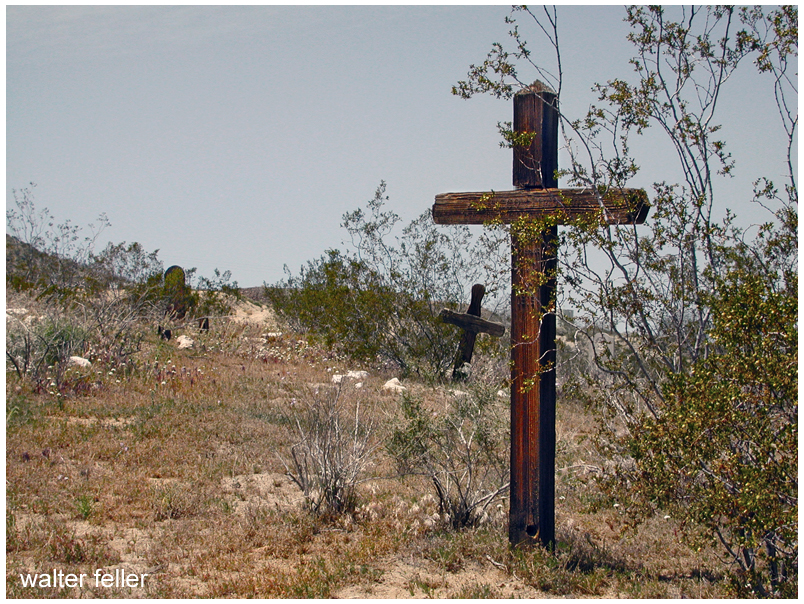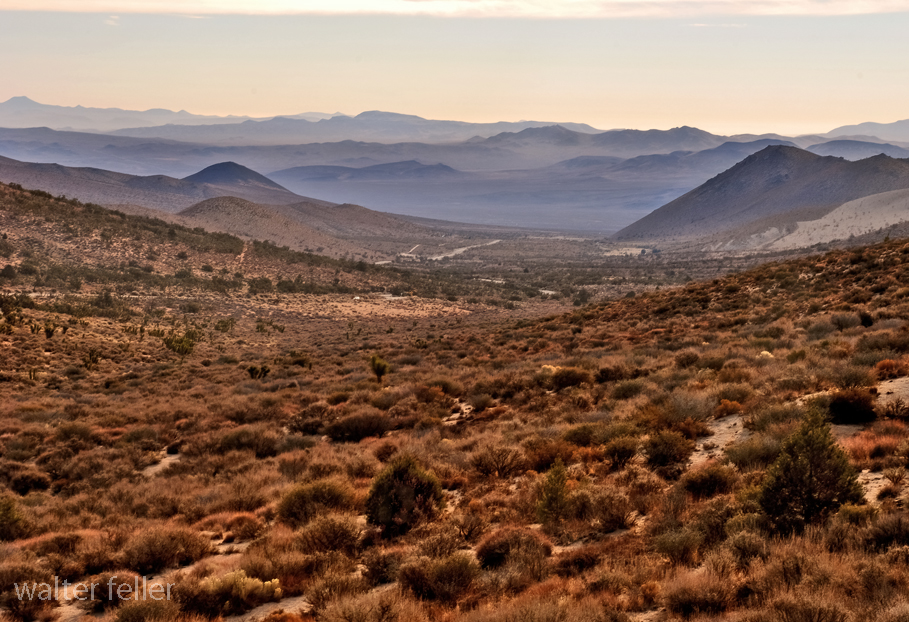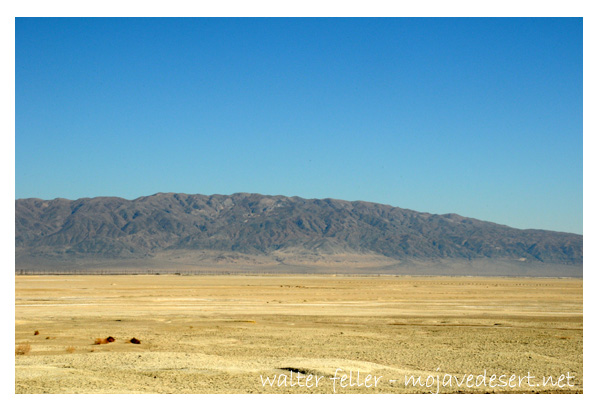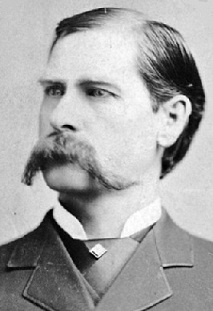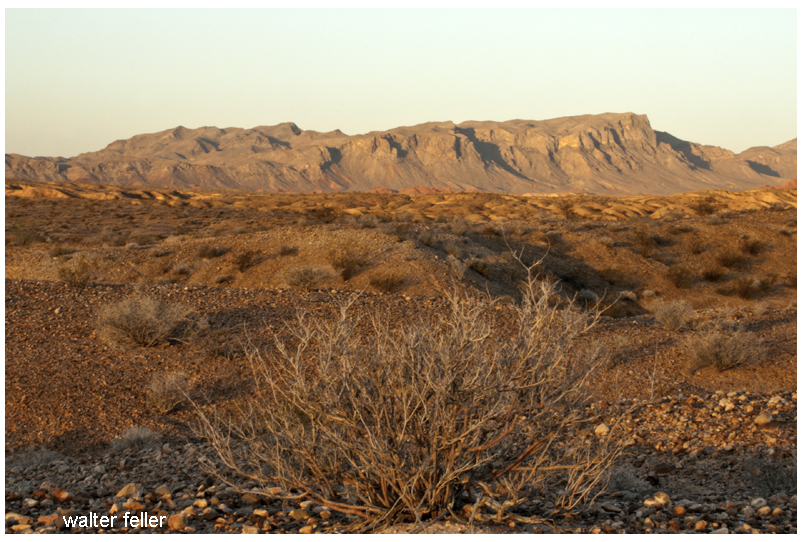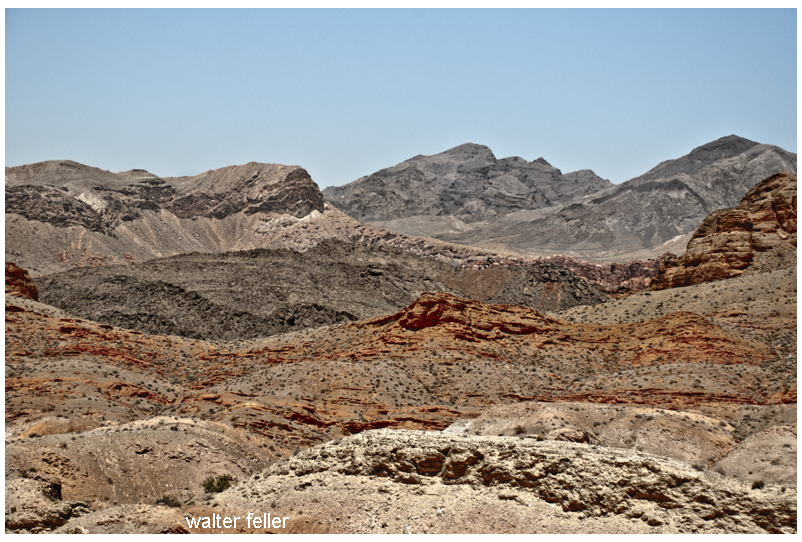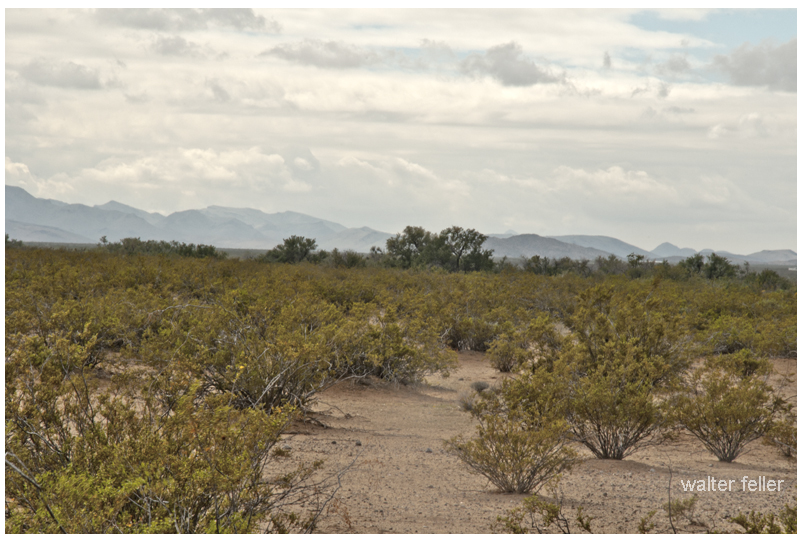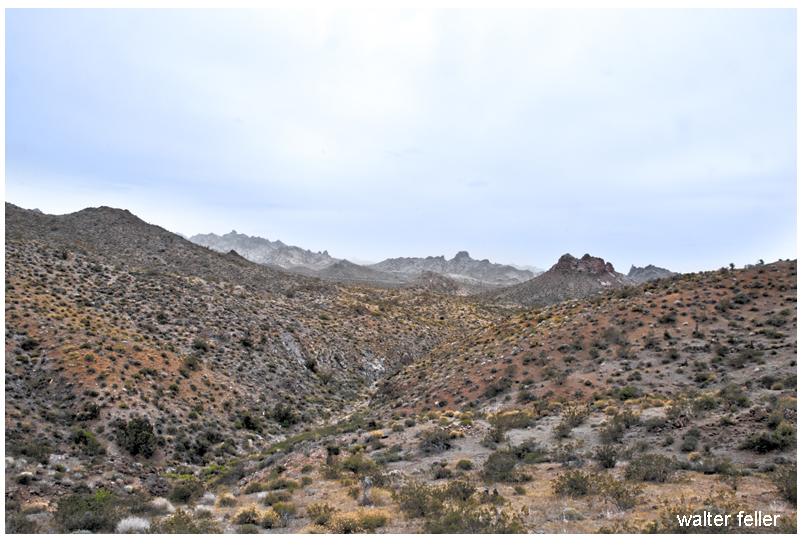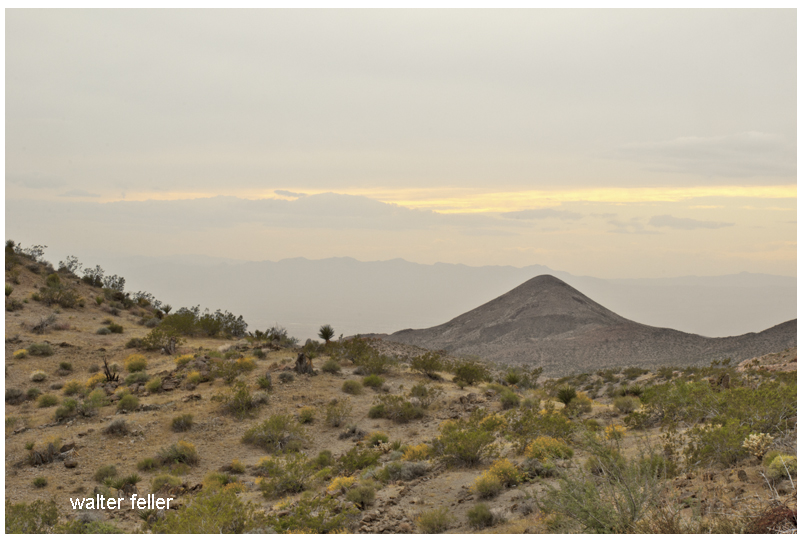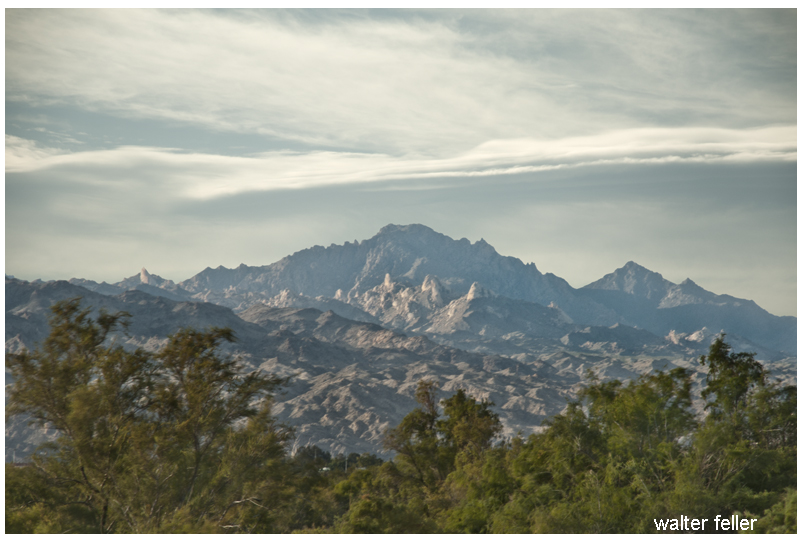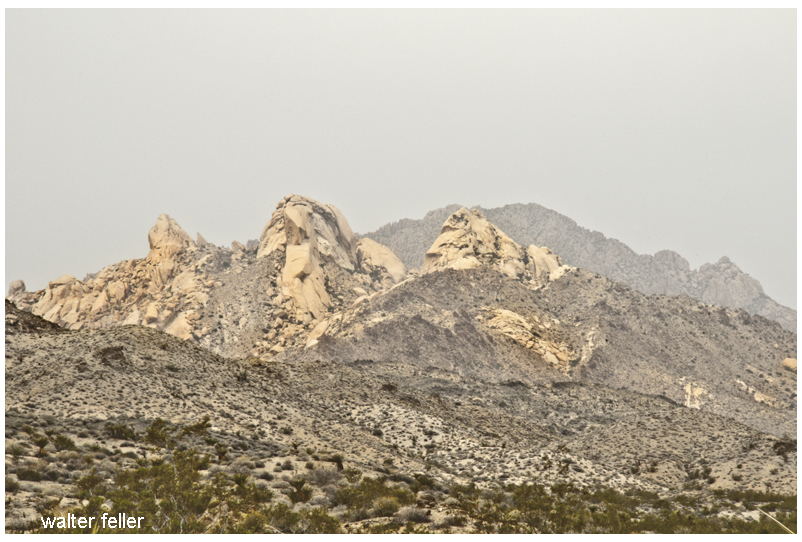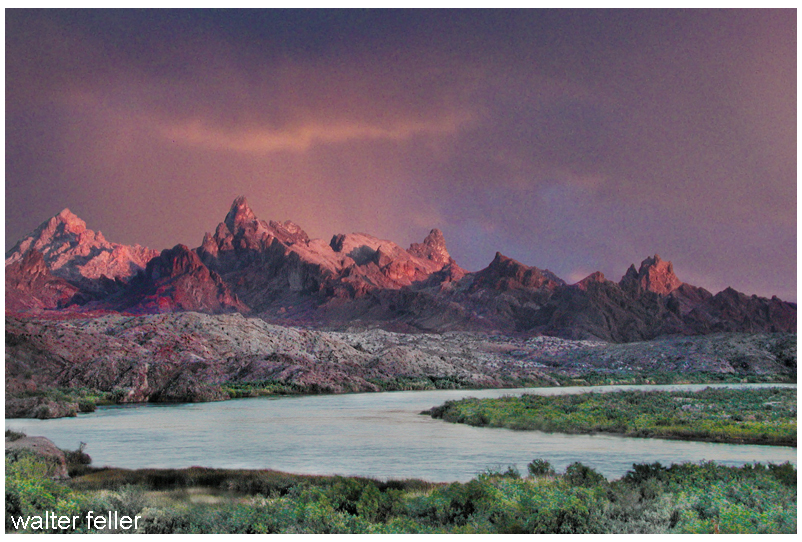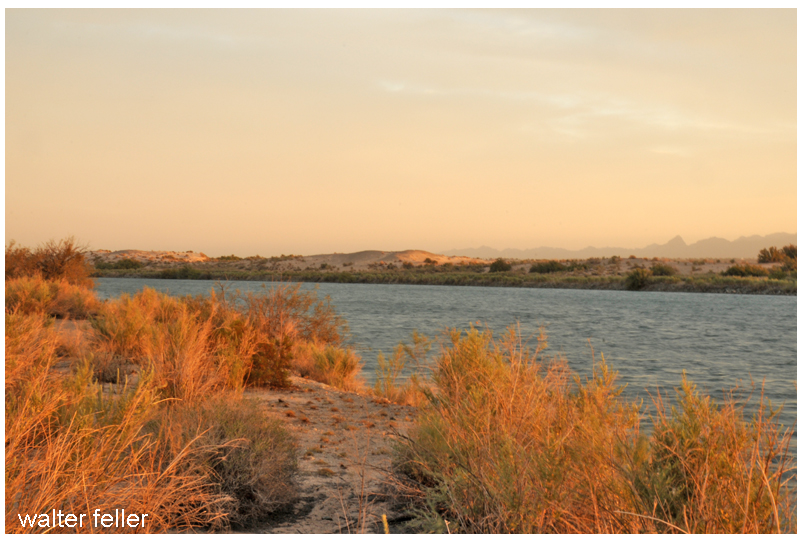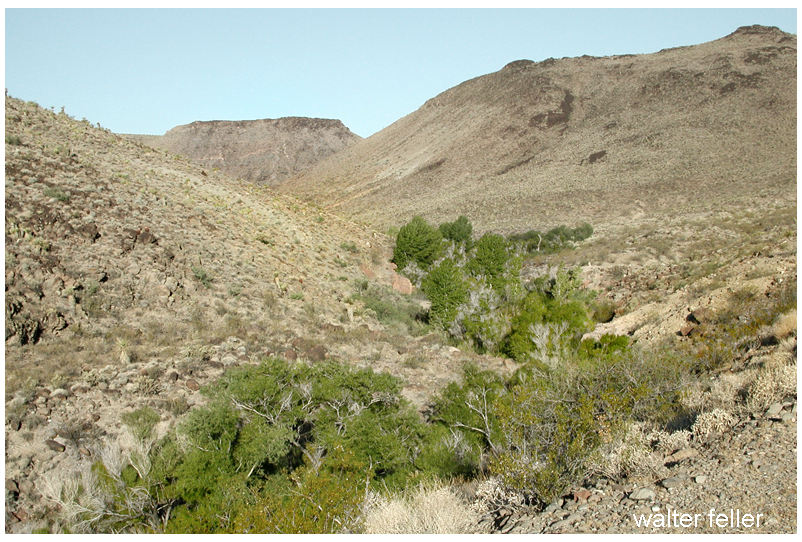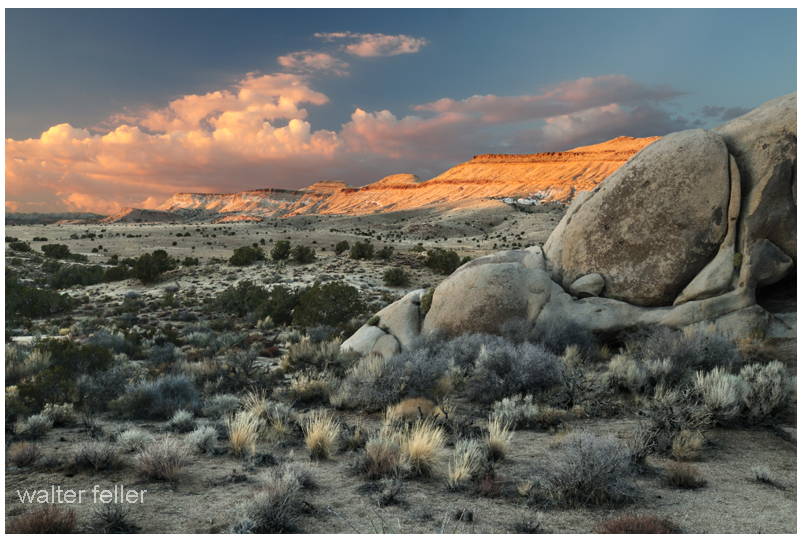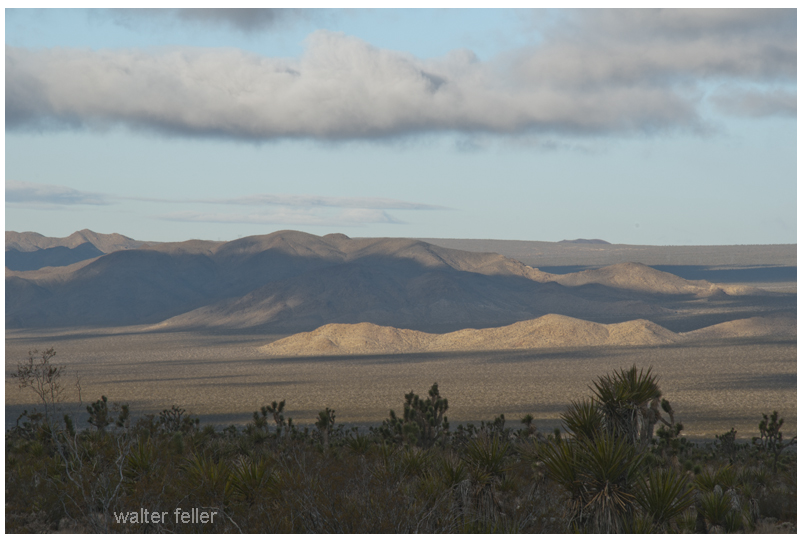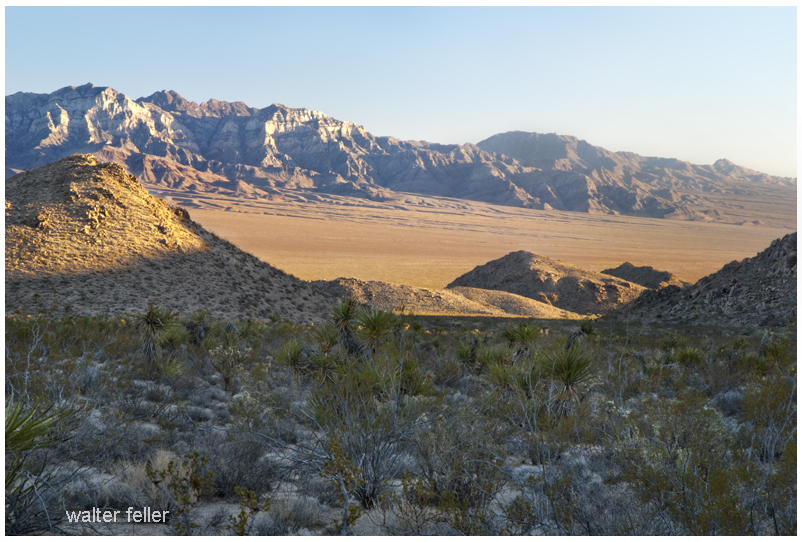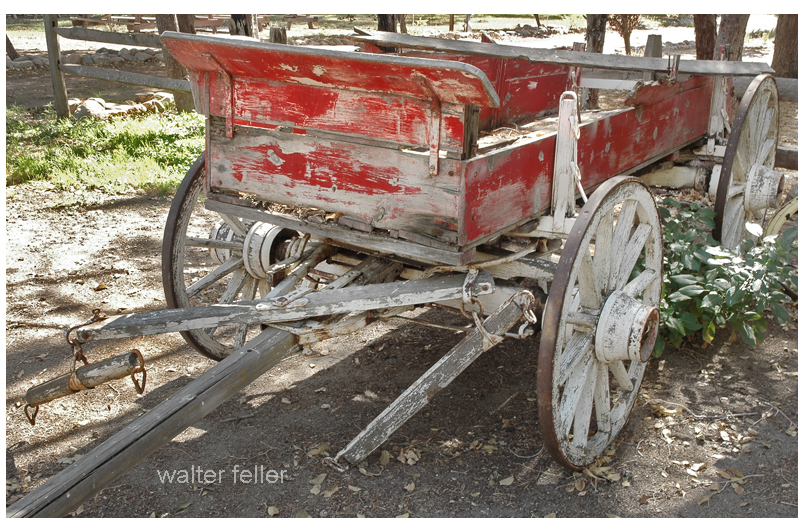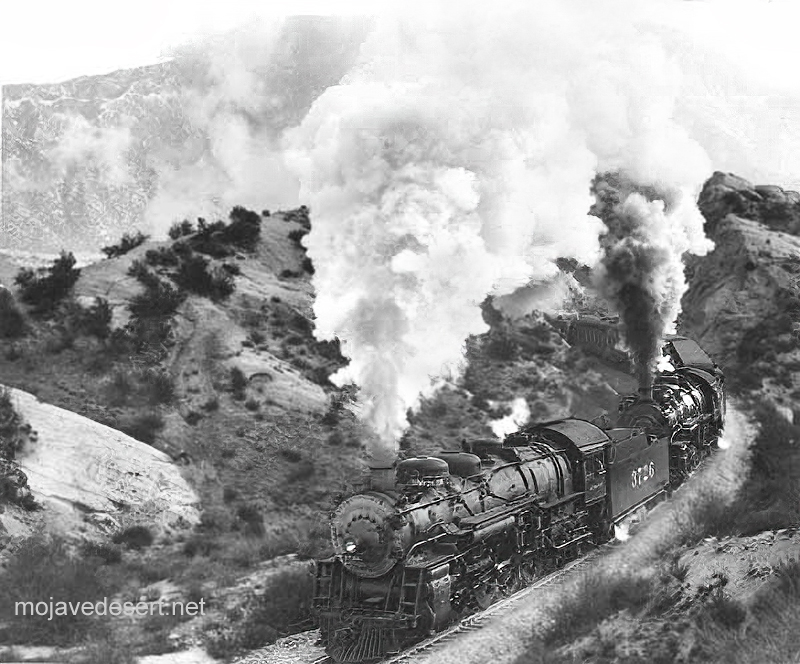
Category: Historical
Enrico Caruso Island
This is Lake Tuendae (to be beheld) at the Desert Studies Center, Zzyzx. In the center of the lake is an island with a fountain. The name of the island in Enrico Caruso Island.
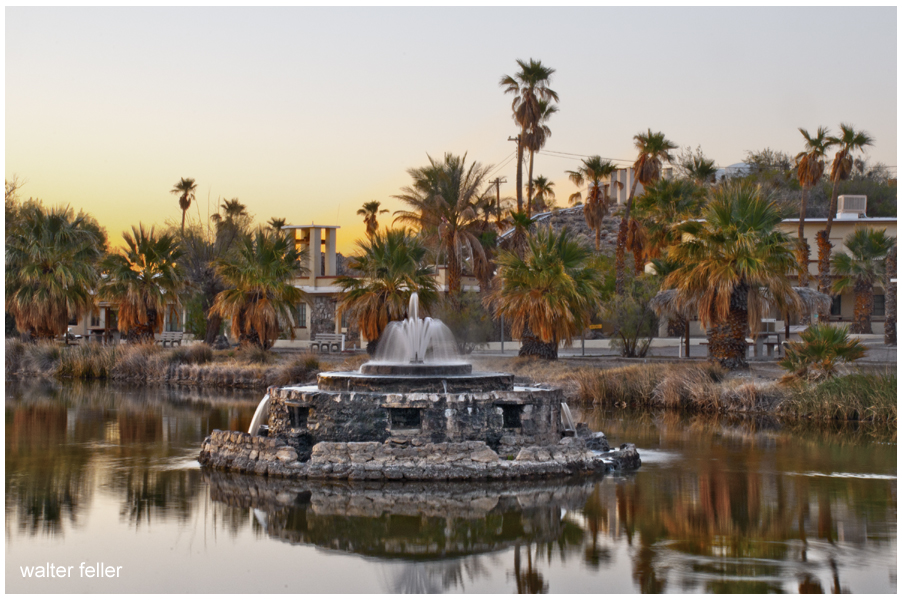
Enrico Caruso Island is named Enrico Caruso Island in honor of Enrico Caruso but not Enrico Caruso the famous singer but the Enrico Caruso who built Enrico Caruso Island was named for the legendary Enrico Caruso and named it Enrico Caruso Island for himself.
Enrico Caruso
The Prophet and a Vision
John Brown senior was prolific in early San Bernardino County history. He was a man of many careers; sailor, soldier, frontiersman, store owner, road builder, and community leader. John Brown was also a Spiritualist and wrote a book about his experiences titled ‘Medium of the Rockies.’
John Brown had a Spirit Guide who would come to him and give him visions of things that were to happen. Mr. Brown claimed his guide was very accurate in his predictions. He recalls one experience as follows:
One night, in my wild Mountain home, it was about 1843 or 4, dates I have forgotten, my guide came to me and told me: “Tomorrow you will throw a stone and break your riding mule’s hind leg. . . .
Mr. Brown may have been in a dream or meditative state when he had this vision.
. . . My guide took me out into the valley where my mule was standing, about 30 yards distant from us. I picked up a stone, threw it and broke the leg as my guide had said. He then said: “There, see what you have done. Now, you tell all your companions what I have shown you, and let them prevent it if they can.”
Establishing the sanctity of the moment:
At this time I lived in a lodge in Indian style, with two men named Brinks and Burrows, and as usual, I found, on waking, all the men encamped sitting quietly around me; as by this time they had become firm believers in what I could tell them, and no one would leave camp, or turn loose any horses until they consulted the prophet, as they called me, and would then use such means as they thought would prevent coming to pass what I had told them.
I suppose John’s talents and abilities have impressed the men previously since they call him the “prophet.”
And as use such means as they thought would prevent coming to pass what I had told them on this occasion, I requested them to prevent, if possible, breaking the mule’s leg; I told them it would occur about sunset. They then placed a guard over me and declared I should not go out of the lodge that day; and thus they felt sure they had Spirit and Prophet both in their power. And, I assure you, reader, I was just as just desirous as anyone to prevent the act from taking place. But notwithstanding they, on many other occasions, had used the same or similar methods to prevent my sayings coming true and always failed, yet they had the hopes of being successful this time. —
Mr. Brown details how horses were separated into two groups to keep marauders from stealing them all at once.
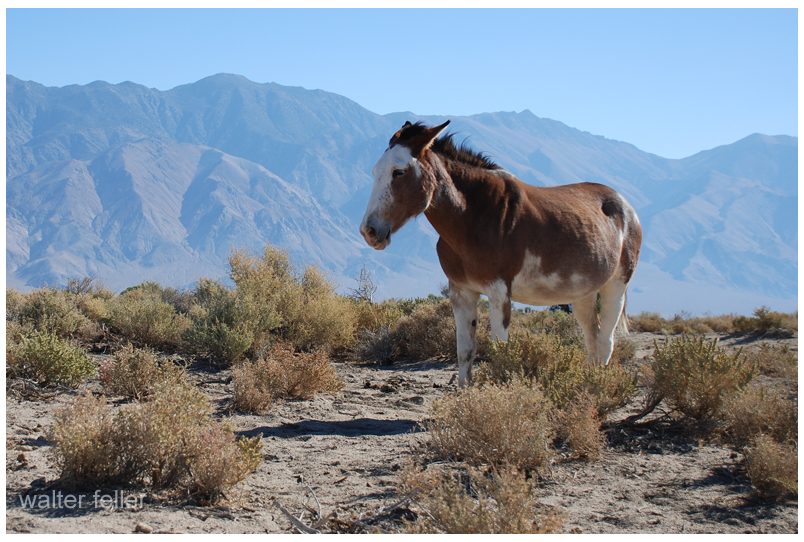
— I must explain to the reader that in the wild country, in those days, we had one man hired, usually a Mexican, the guard are animals in the daytime when we were not traveling, and bring them up to our camp about sunset, when every man who own horses would take them to some secluded spot and hide them, retaining a few, that would be tied encamped by the foot to a large stake. This was done to prevent the Indians from getting all, in case they came upon us.–
With that being said, Mr. Brown remains in the lodge throughout the day in order to prevent the events of his vision from taking place.
— I remained a prisoner and till nearly sunset, when a you and a cry was raised for all hands could turn out. Here comes the cabaloto! Band the horses, every man take care of his horses! Thus a tumult was raised, to which all were accustomed on occasions of this kind, and I, with all the camp rushed for two separate then drive my horses to their hiding place for the night.
Before Mr. Brown proceeds with the rest of the story he reminds the reader about the prediction and explains that at that moment it was on no one’s mind.
Reader, not a man in that camp remembered one word or thing which had been said or done regarding this mysterious affair. All thought in reference thereto was taken from all, not even myself, who had been a prisoner all day, had the least conceivable idea of breaking my mule’s leg. —
Of course. Perfect.
— It so happened that one of Burrows’ mares had foaled a colt that day, to which my mule had become attached. Mr. B. was near his mare looking at the young colt, and as I was driving my horses, the mule, having made friends with the colt and its mother, would run back, which he continued to do as I would try to drive him away; after I had worked in this way for some time, I passed close to where Burrows stood and remarked to him that I would throw a stone at him which I did. —
Within all the ruckus and confusion, a moment of clarity–A self-fulfilling prophecy?
— And the instant the stone went from my fingers everything flashed upon my mind; I turned my back towards the mule and remarked to Burrows that I had broken my mule’s leg. He said: I reckon not at that distance, which was about 30 yards. I told him I saw the stone go just as I did in the night and I knew the leg was broken. He then said: “I believe you have, for the mule made a jump and now cannot put his foot to the ground.” —
The witness speaks:
— Mr. Burrows then remarked, “there is something wonderful about this affair–it is certainly mysterious to think that we never can prevent anything from transpiring that you say will.” . .
So says Mr. Burrows of the Prophet, the Medium of the Rockies.
. . . He then called all to come and witness that what I had told them had come true.
No one seems phased over the loss of a good mule.
—
Death Valley in 1926
About this Collection
The Death Valley Automobile Trip photograph album containing 76 prints appears to be the record of a sightseeing trip made from Los Angeles to Death Valley in 1926. Neither the diarist nor the photographer is identified. The album displays no one emphasis: it consists of a broad range of photographs, from automobiles and sightseers to the landscape, abandoned mines, schoolhouses, hotels, and homesteads of Death Valley. . .

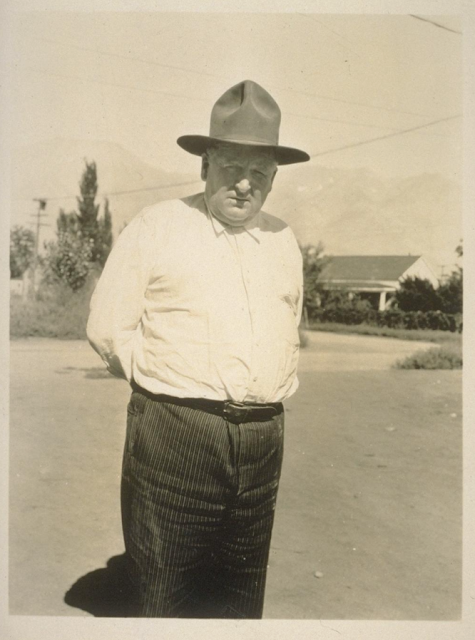
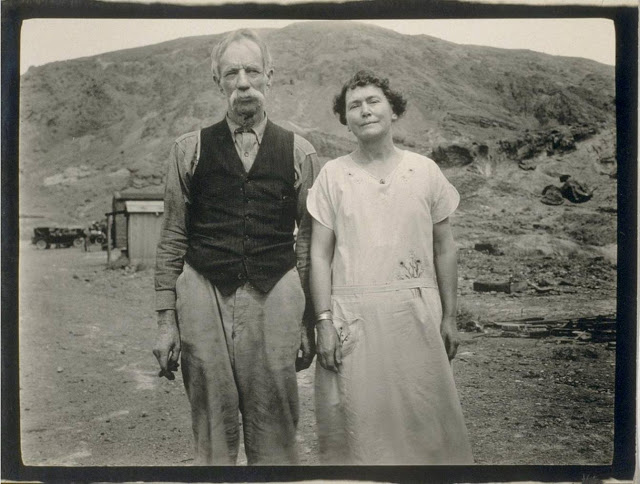
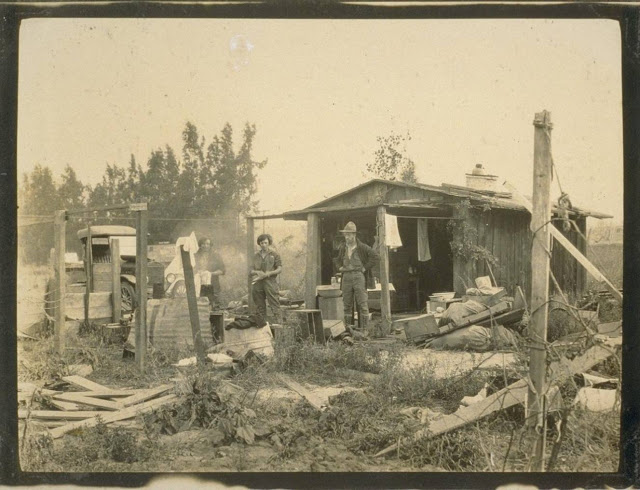
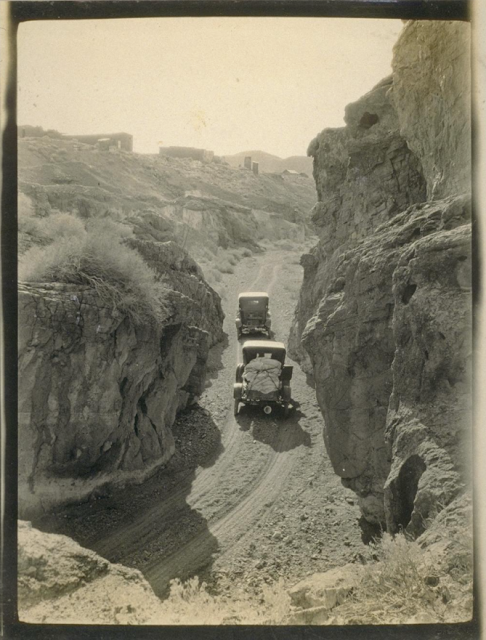
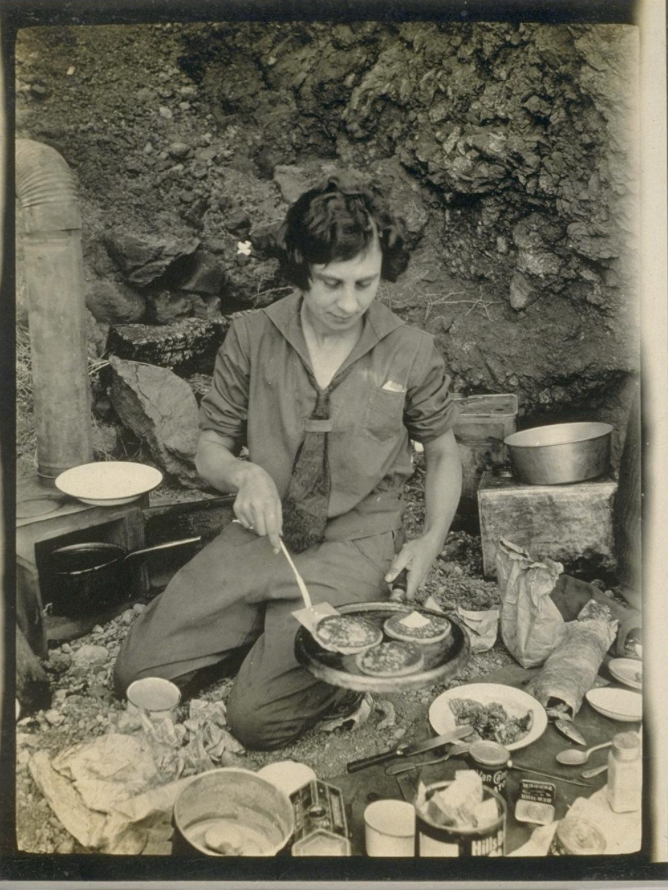

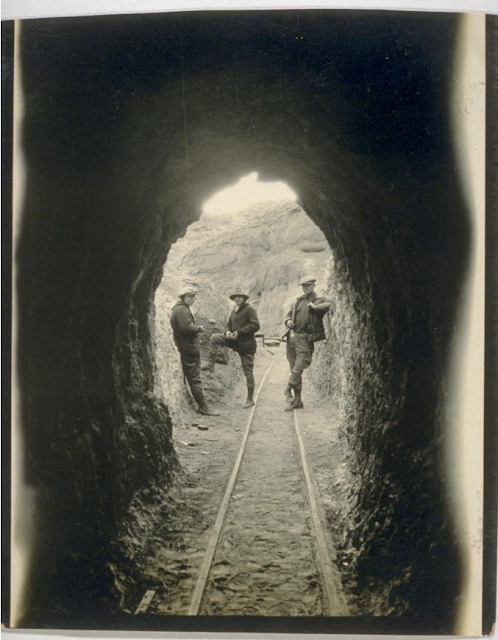
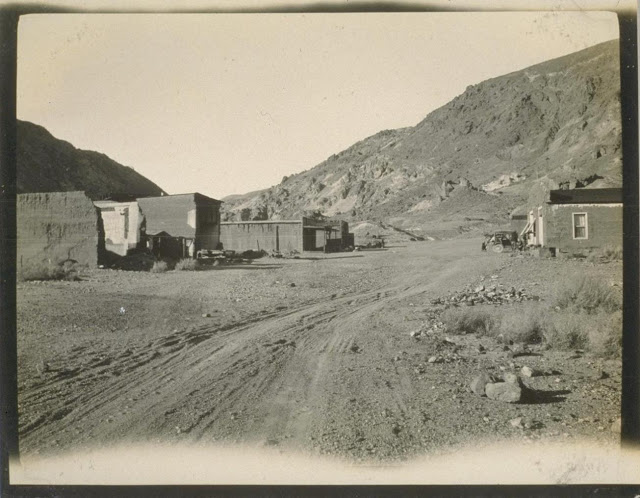
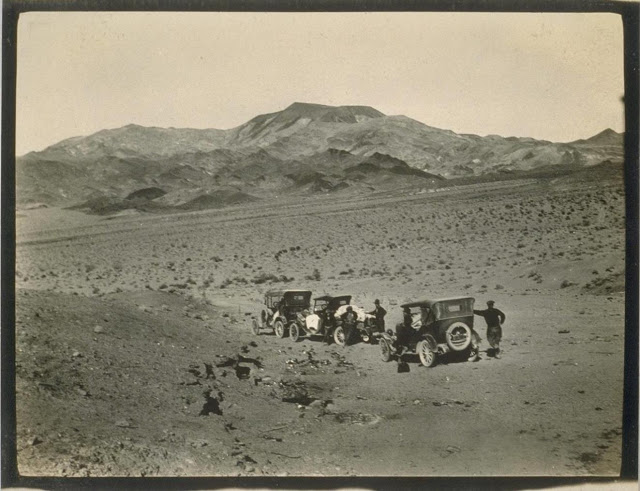

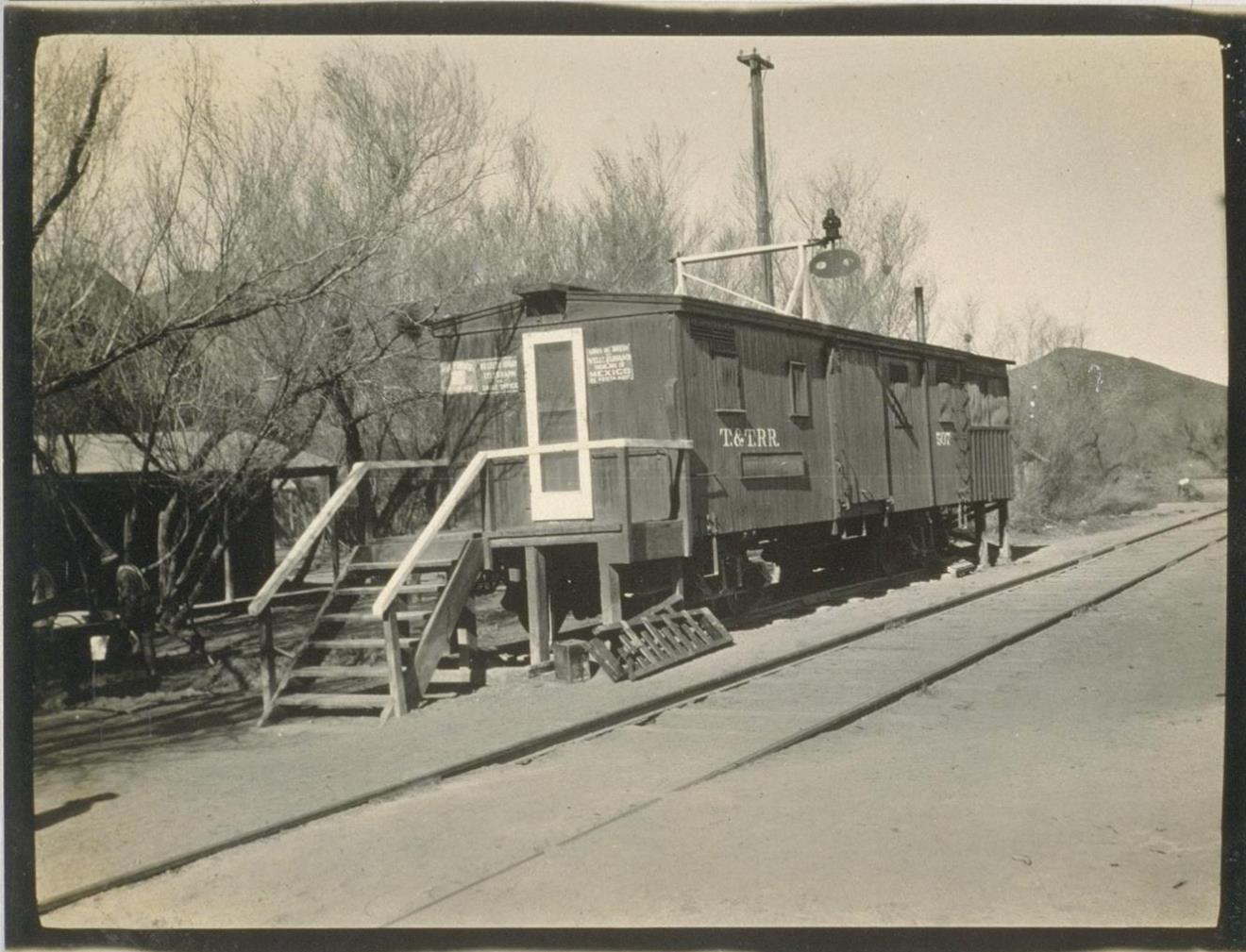
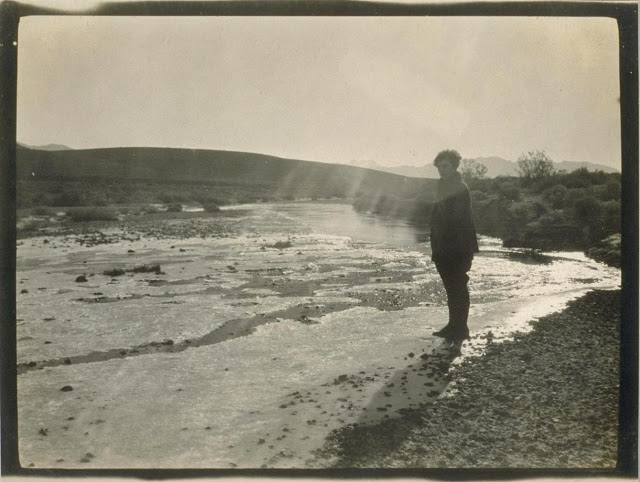
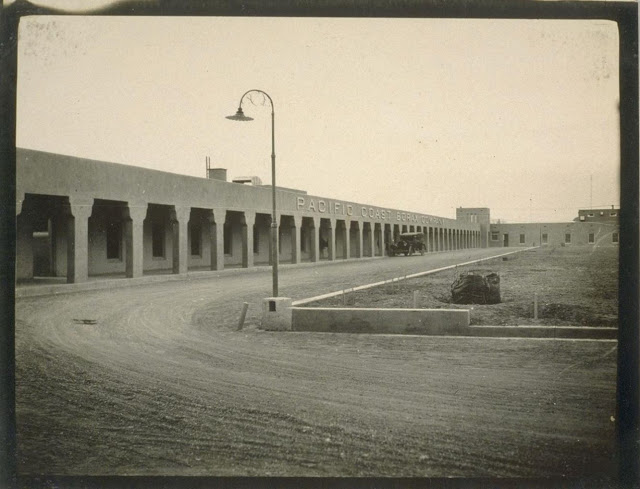
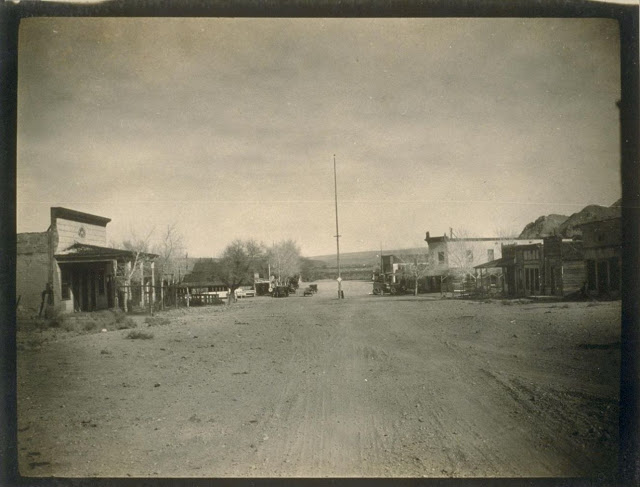
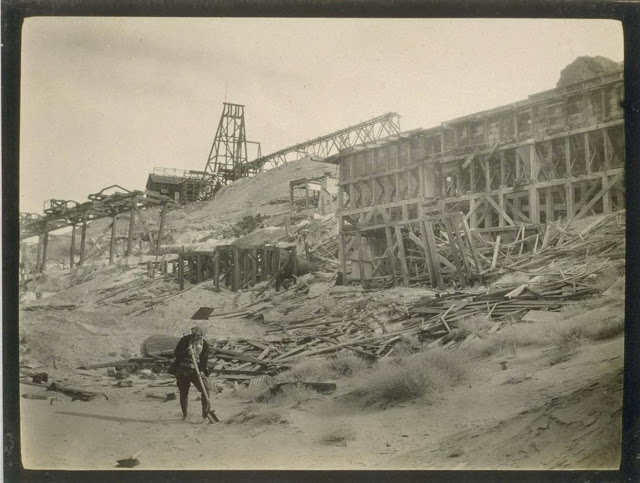

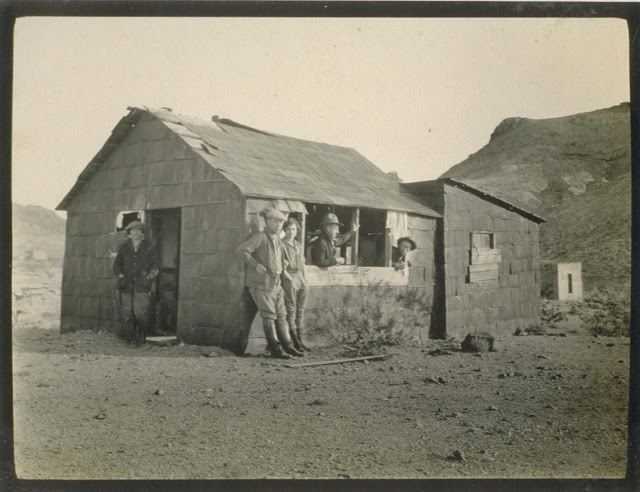
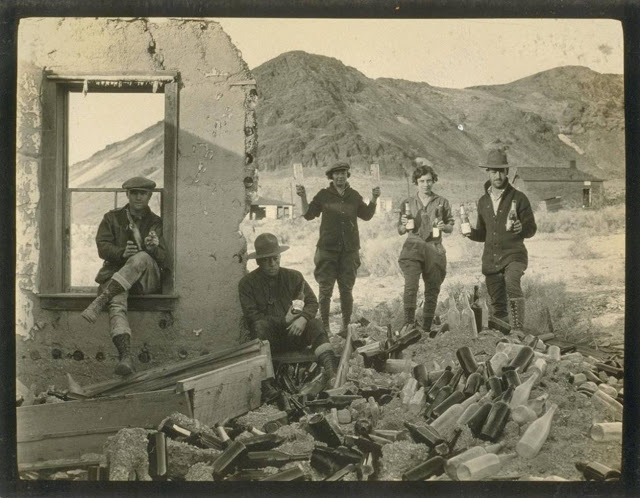
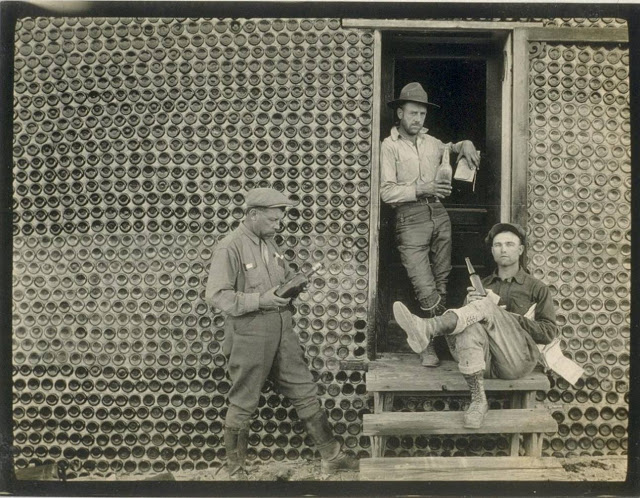
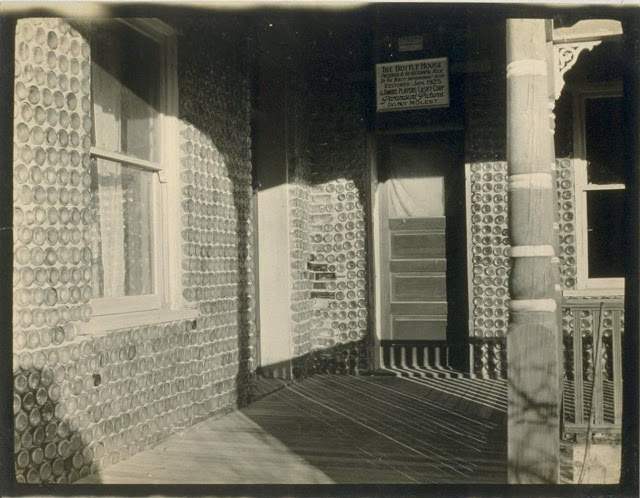

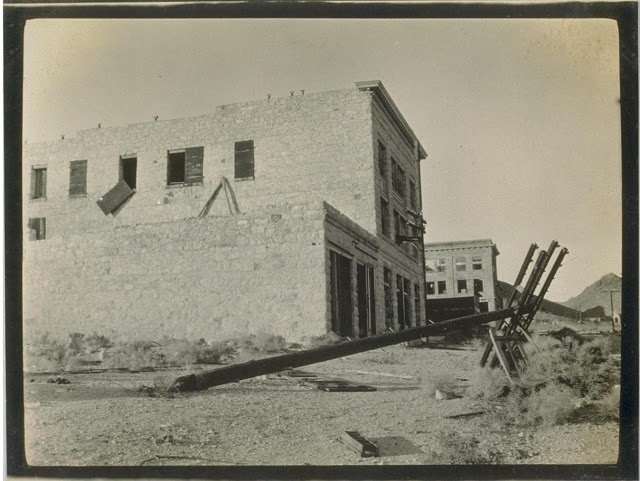
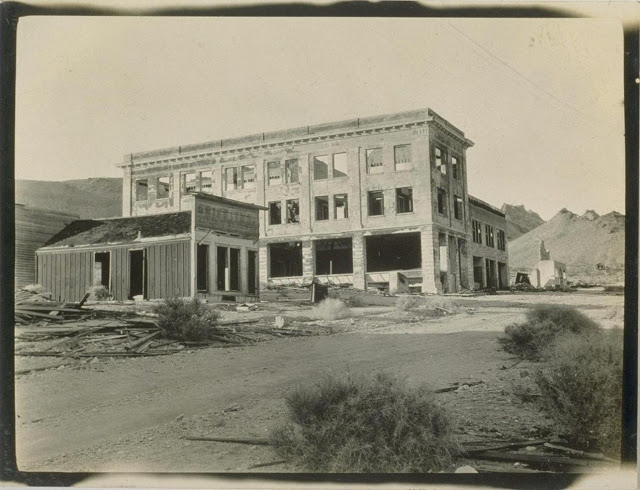
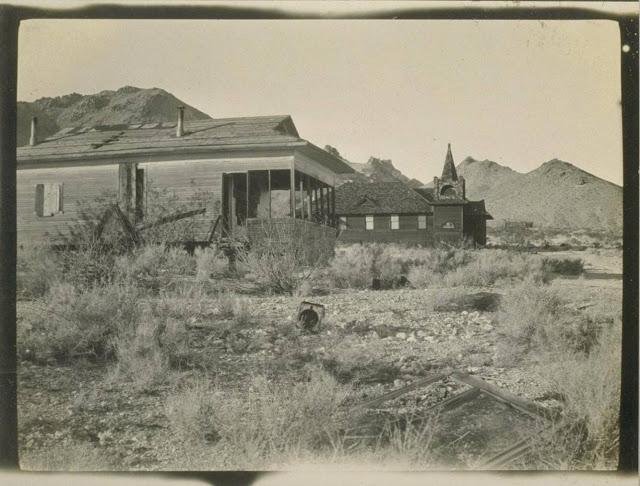
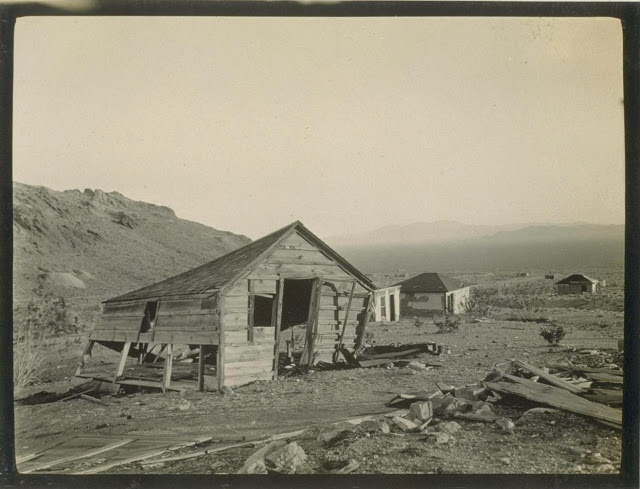
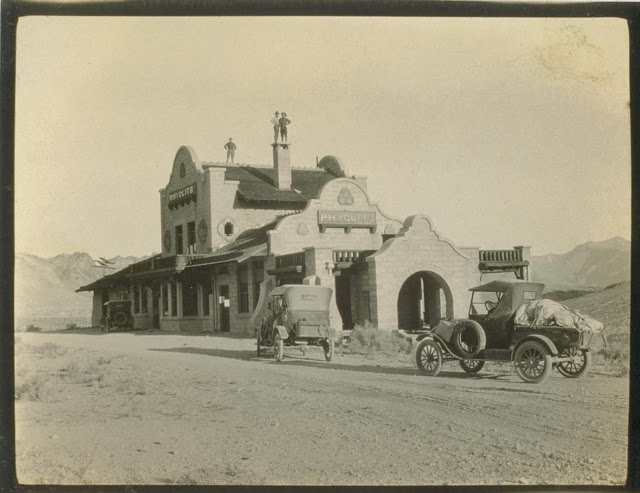
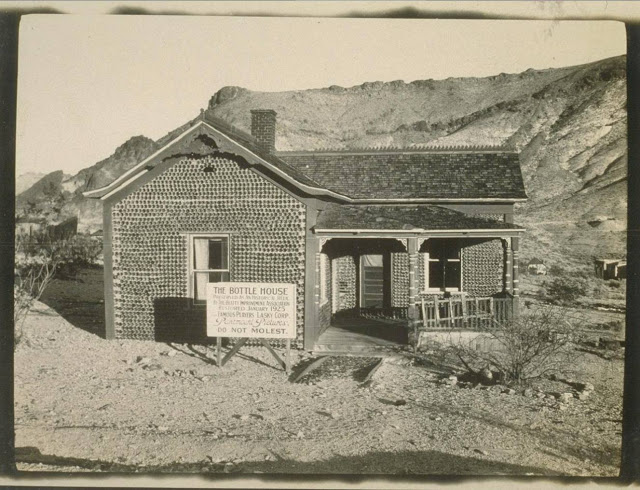
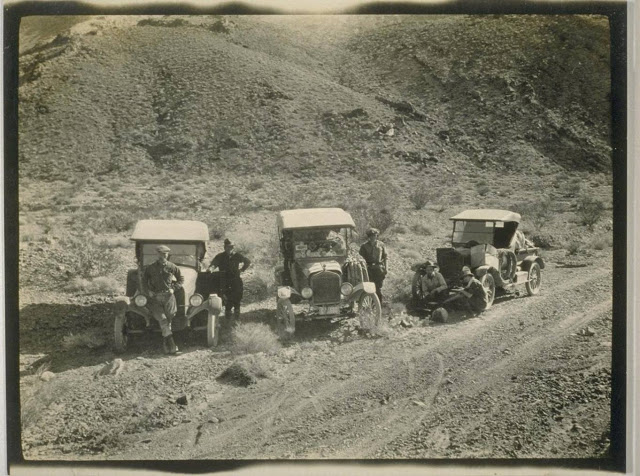
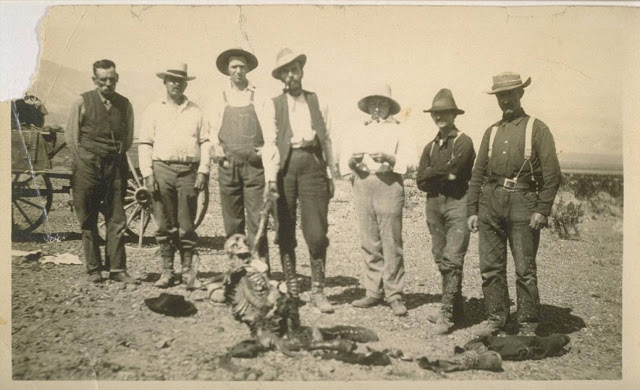

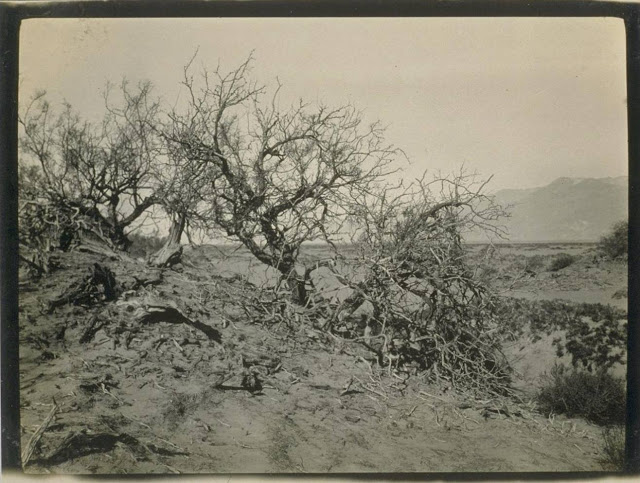
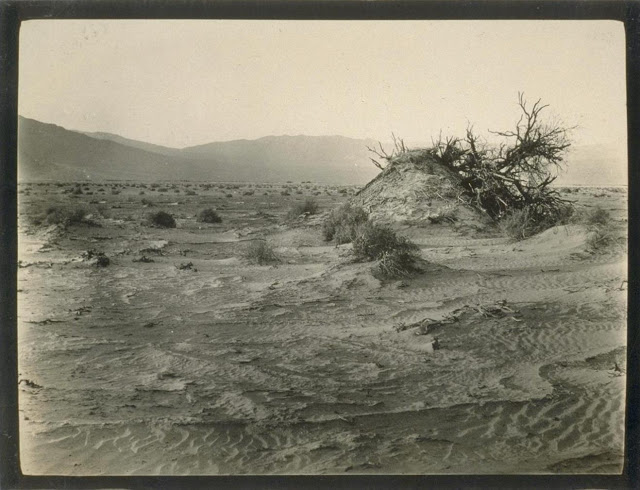
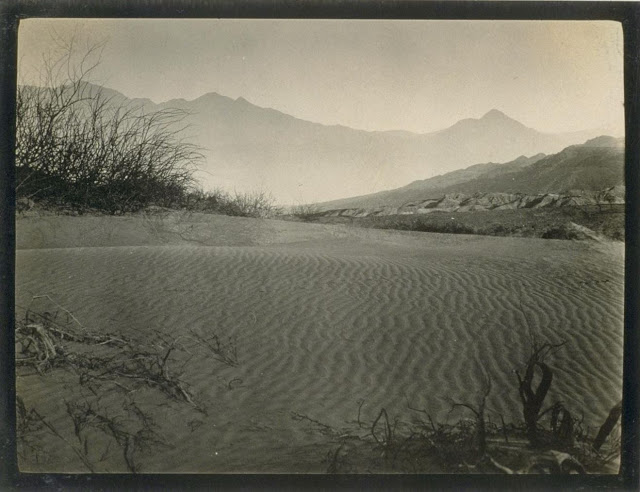
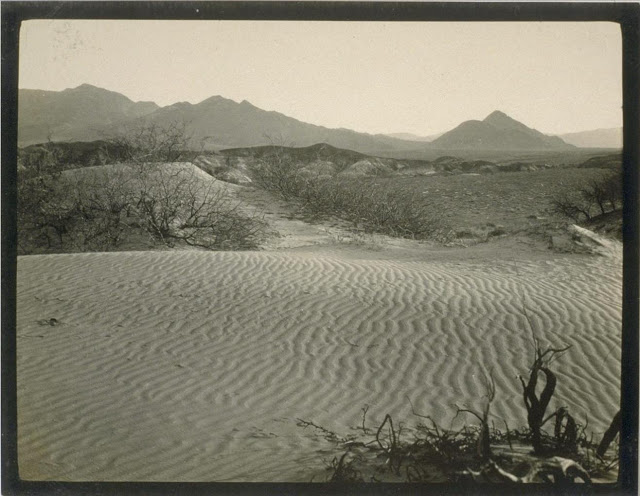
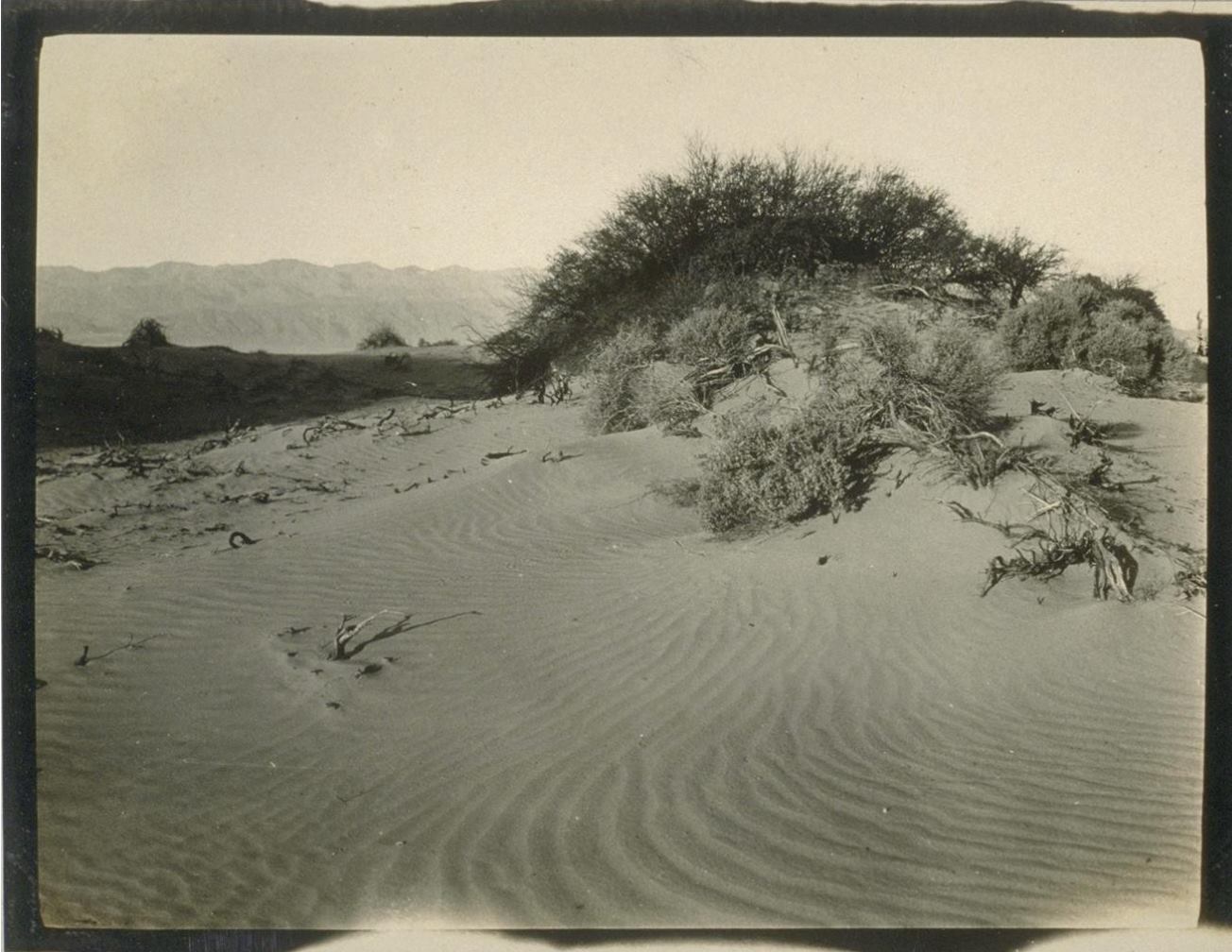
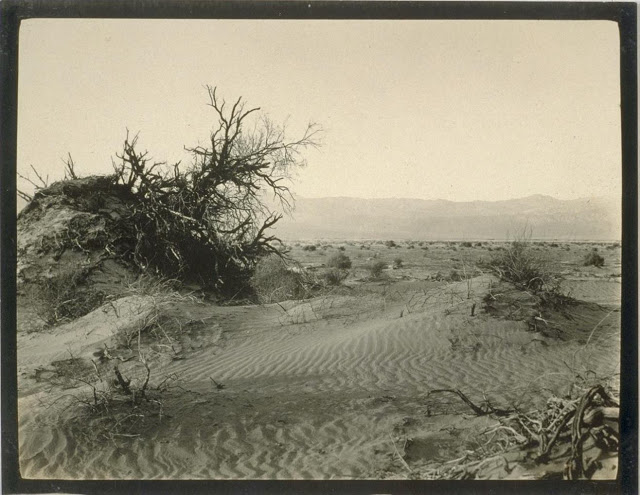
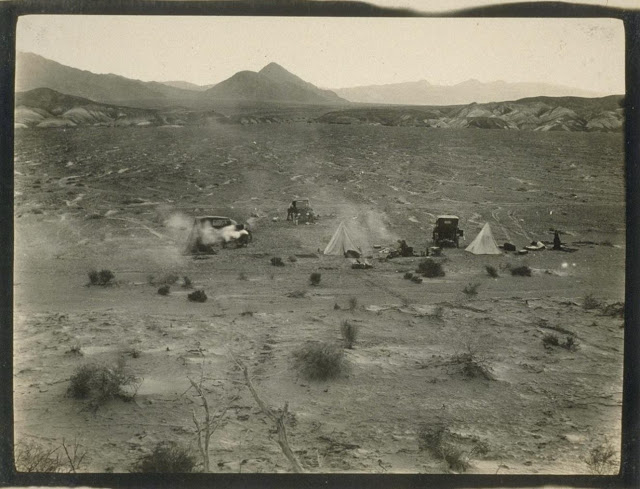

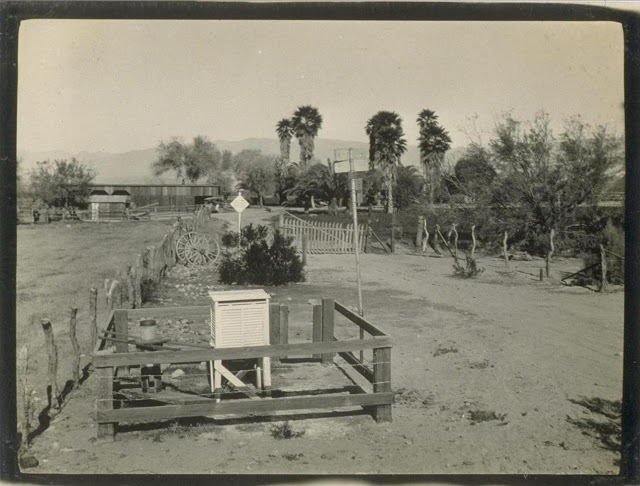
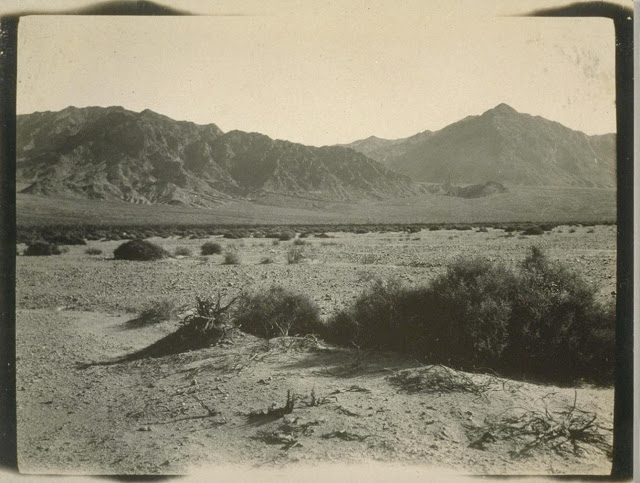
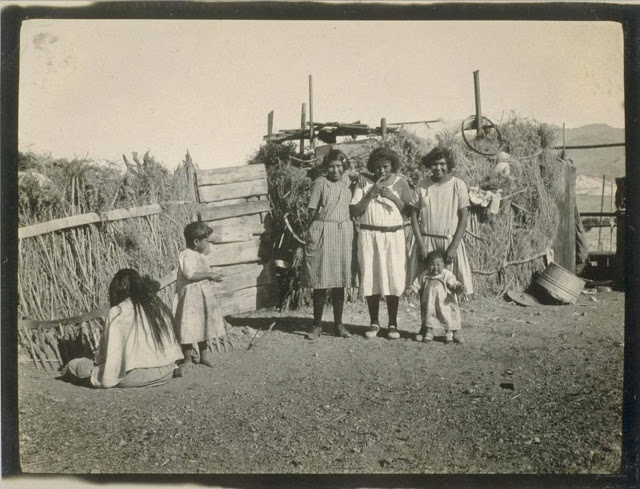
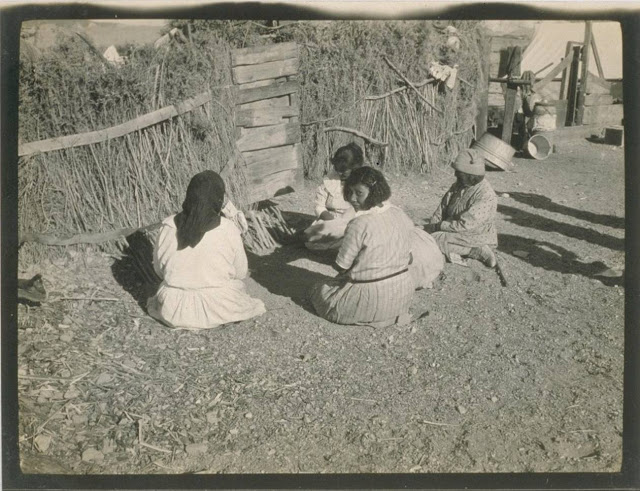
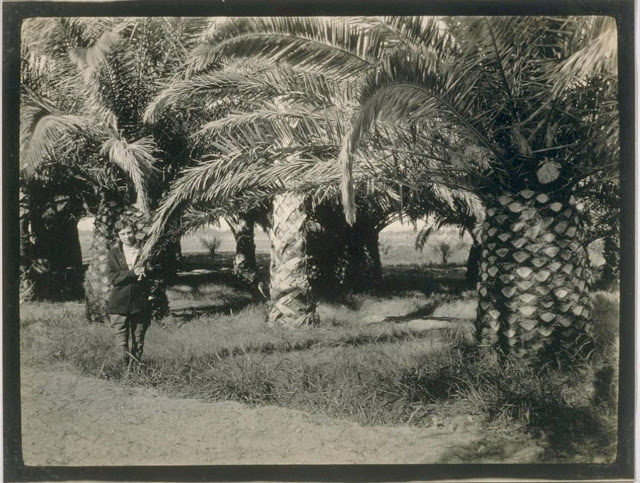
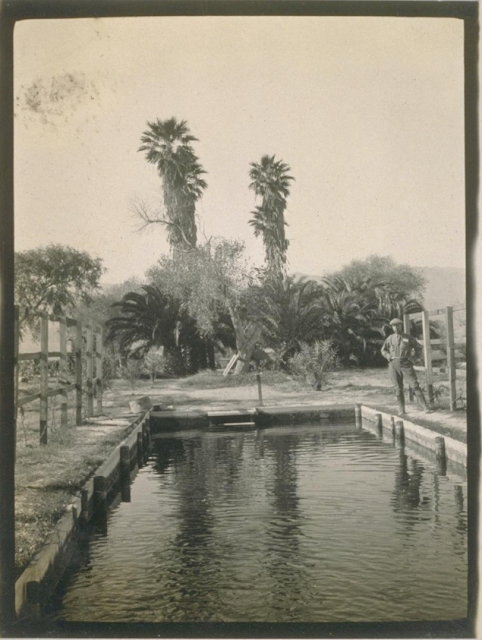
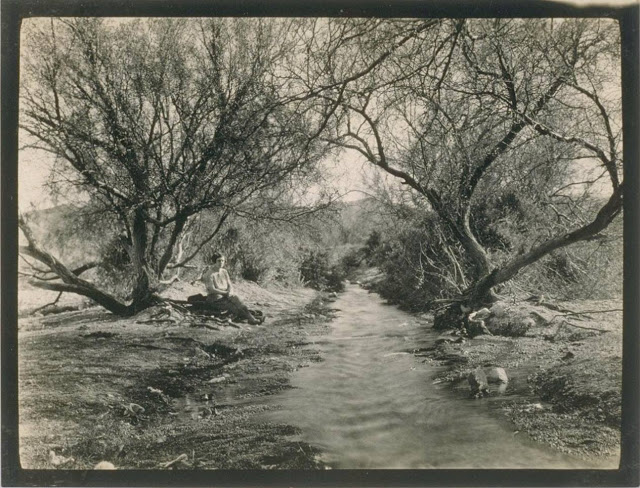
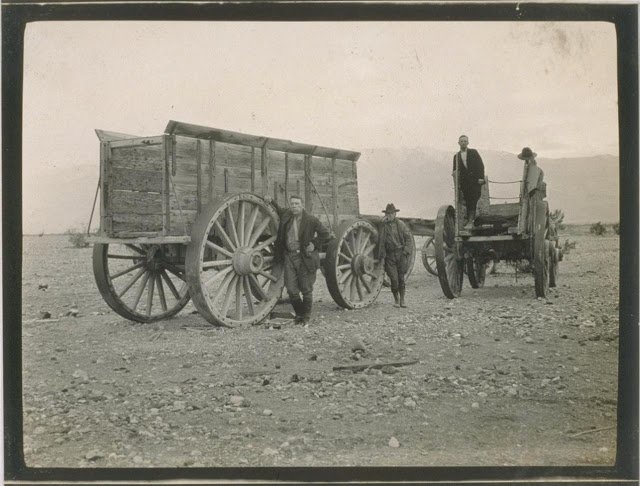
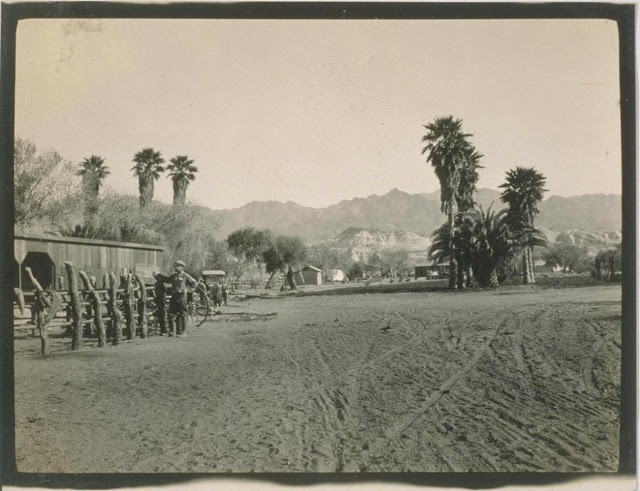
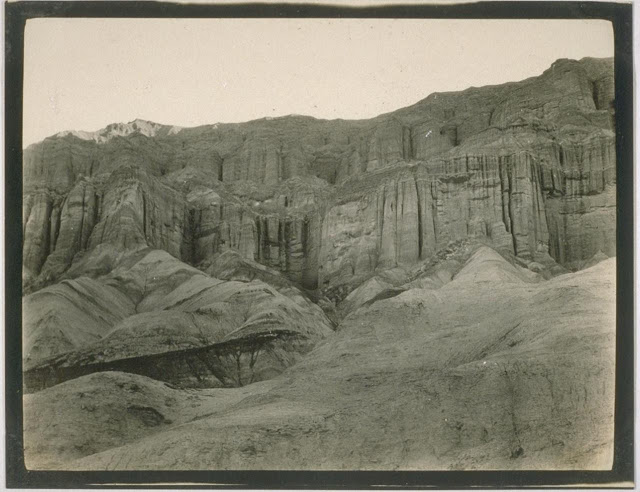
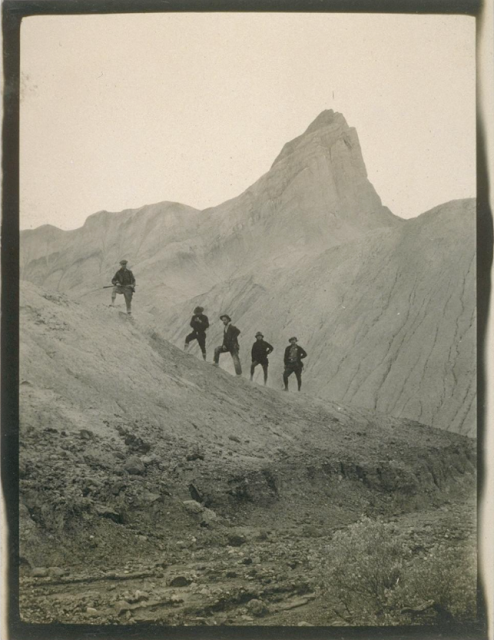
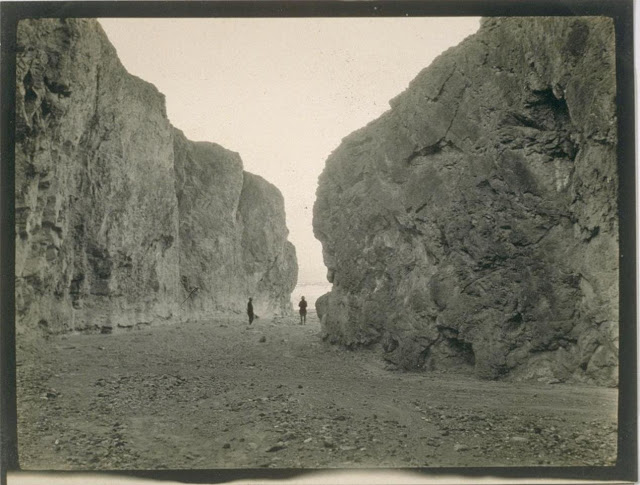
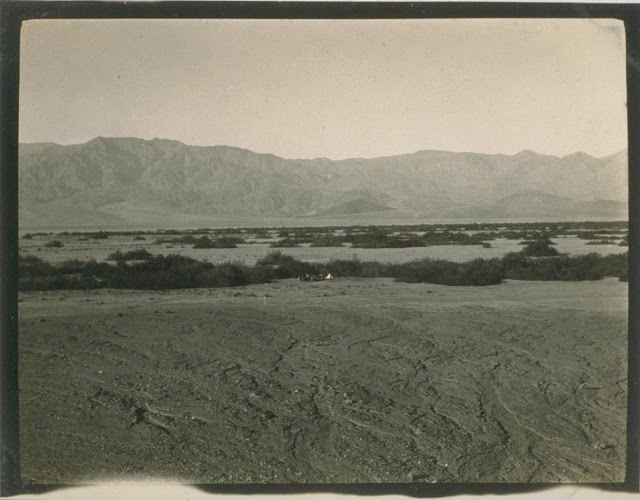
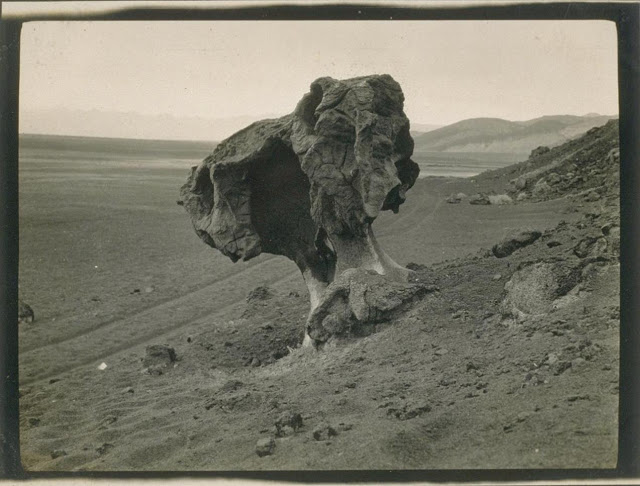

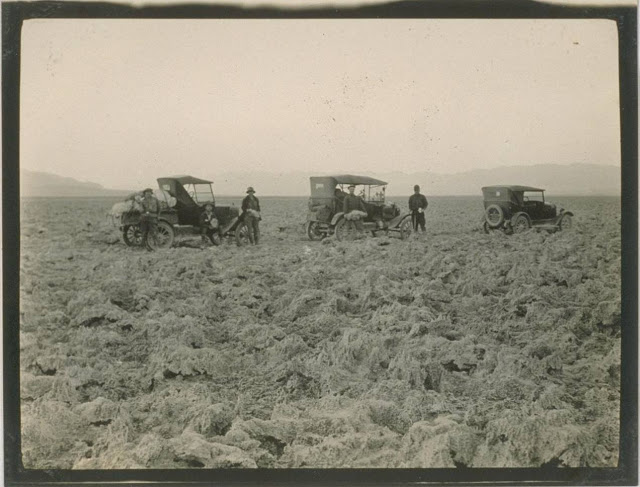
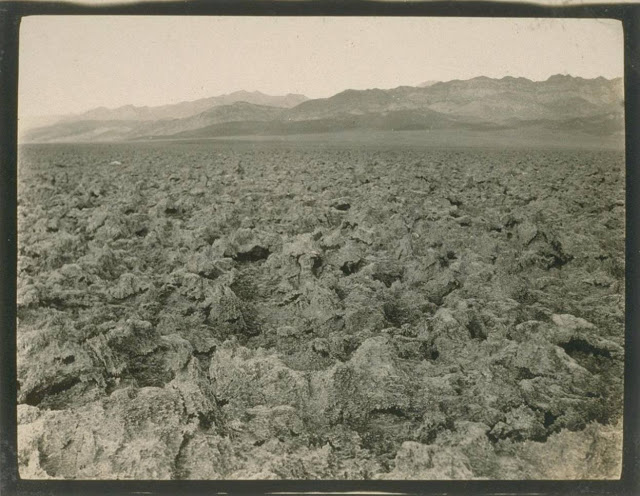

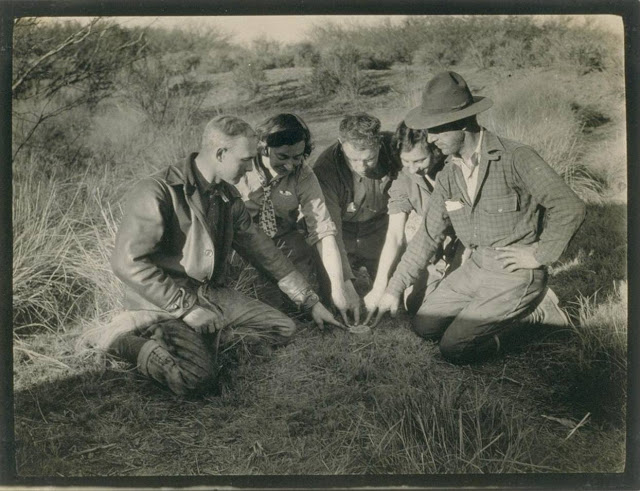
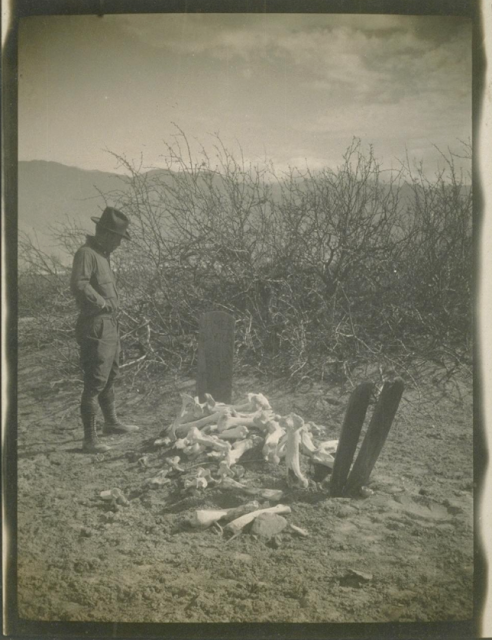

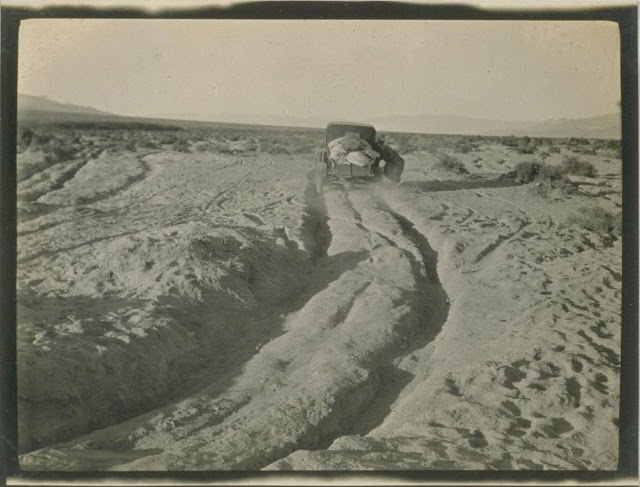

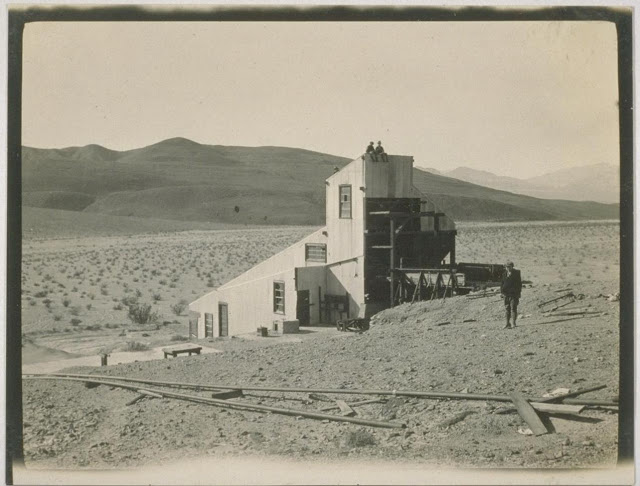

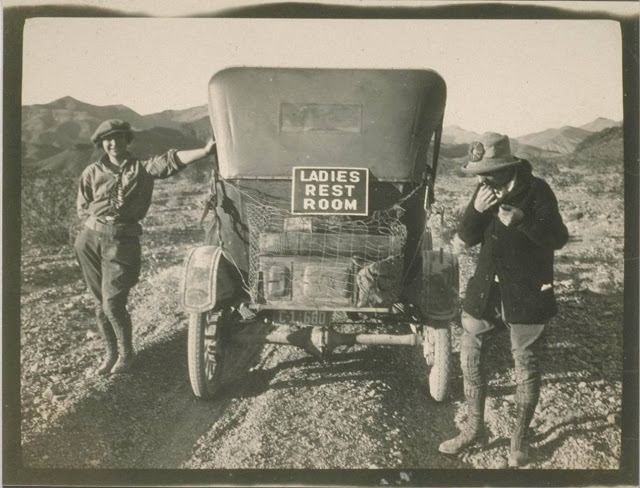

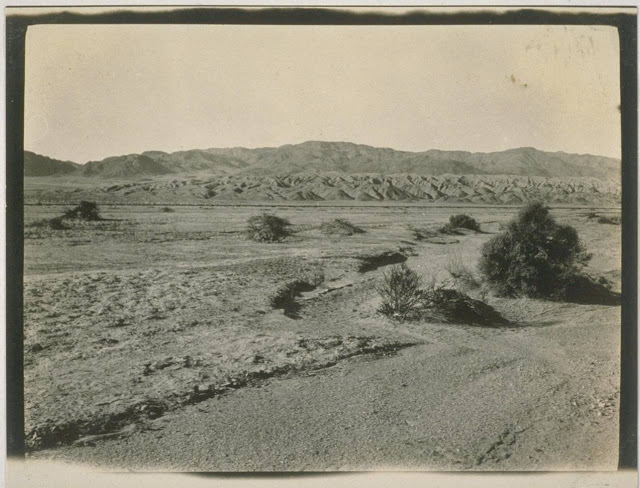
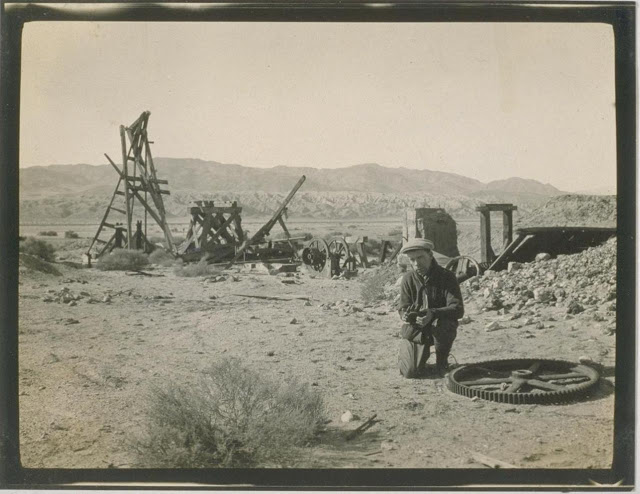
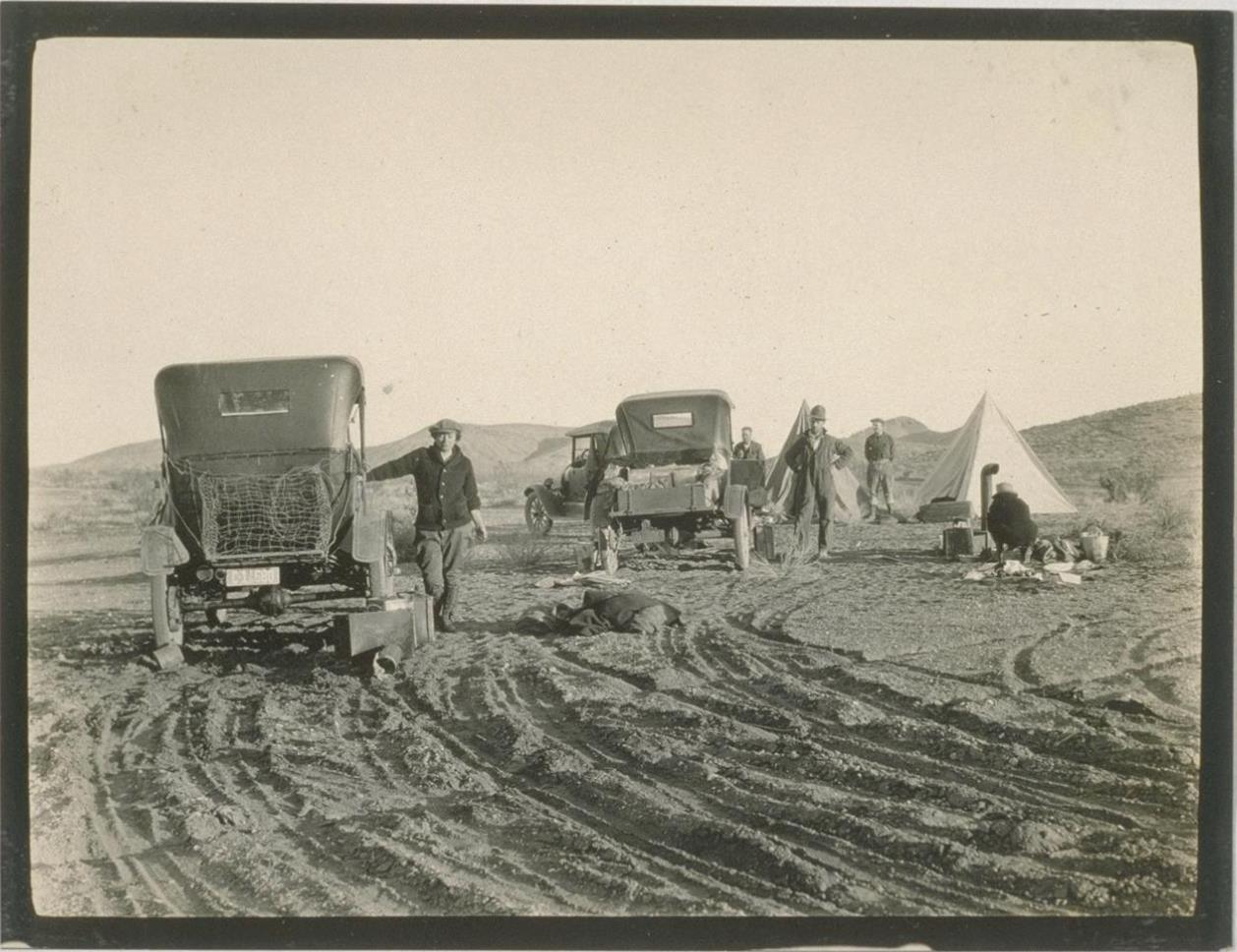
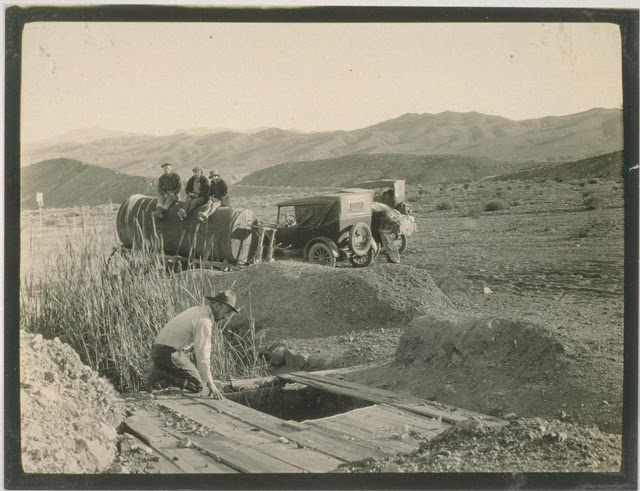
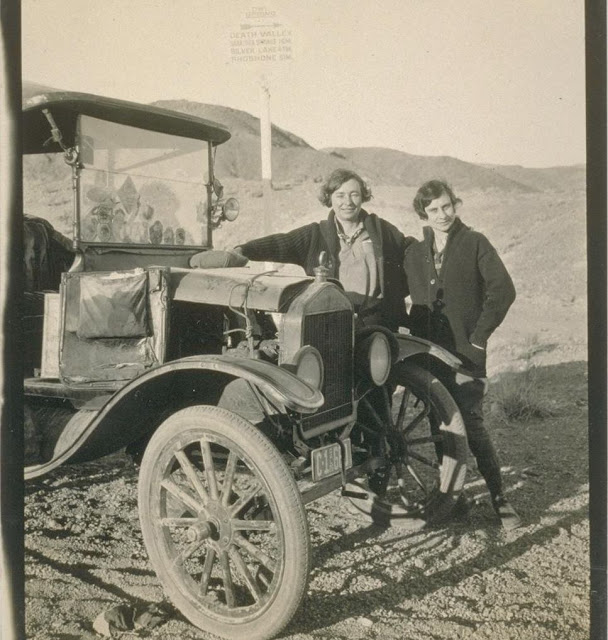
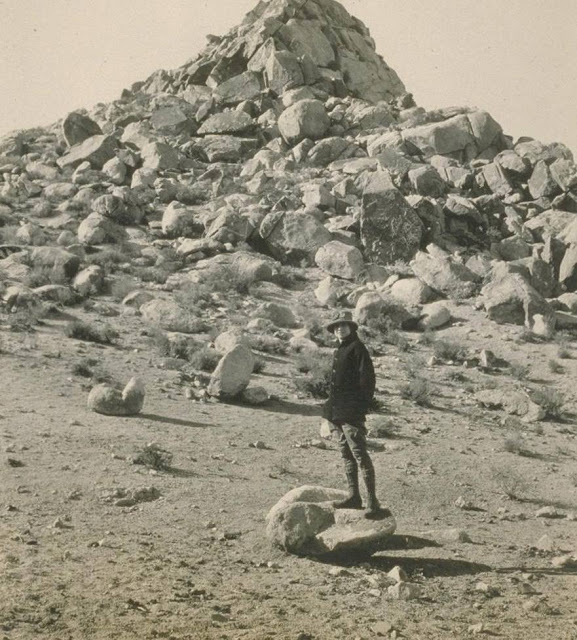
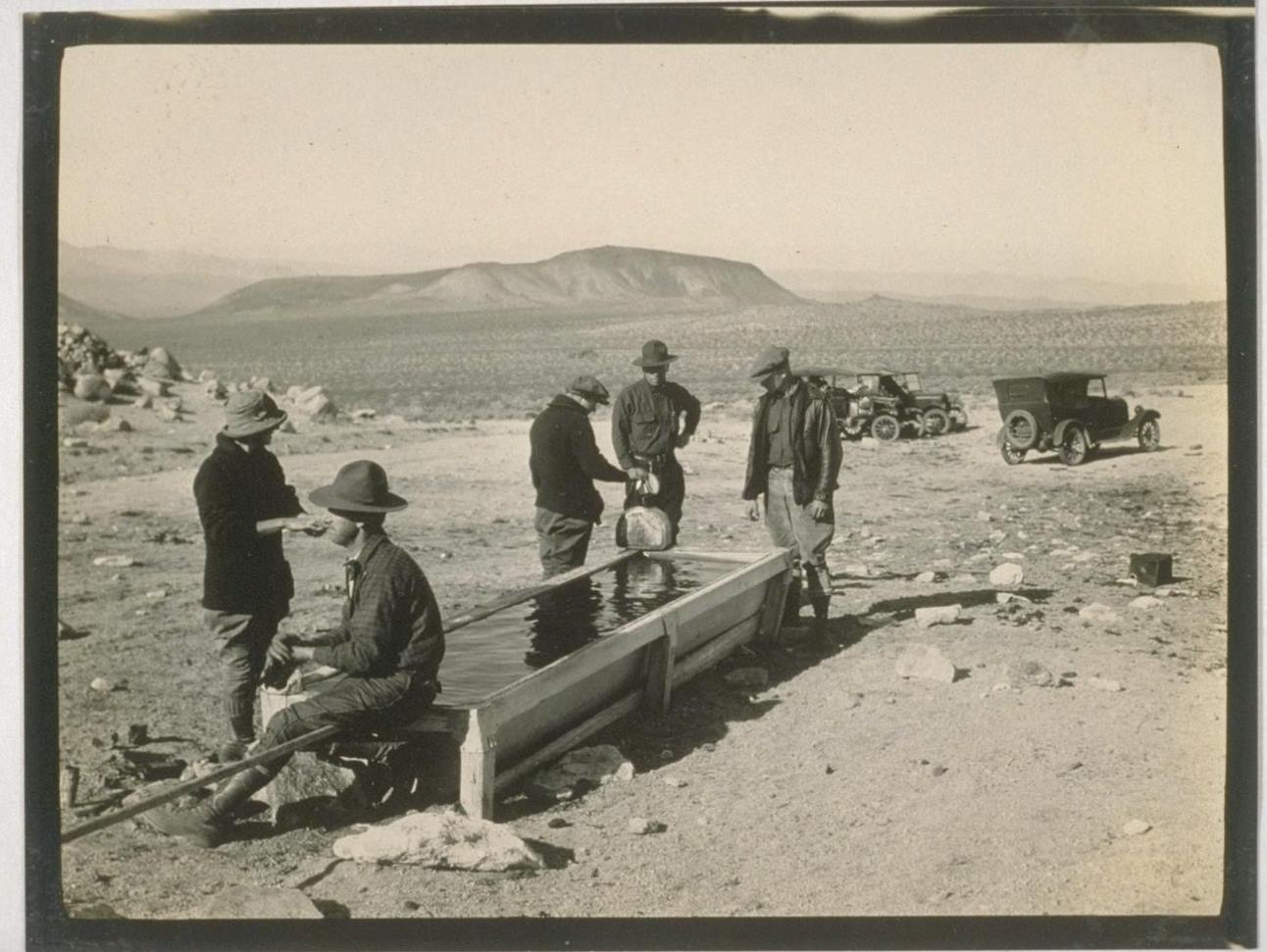
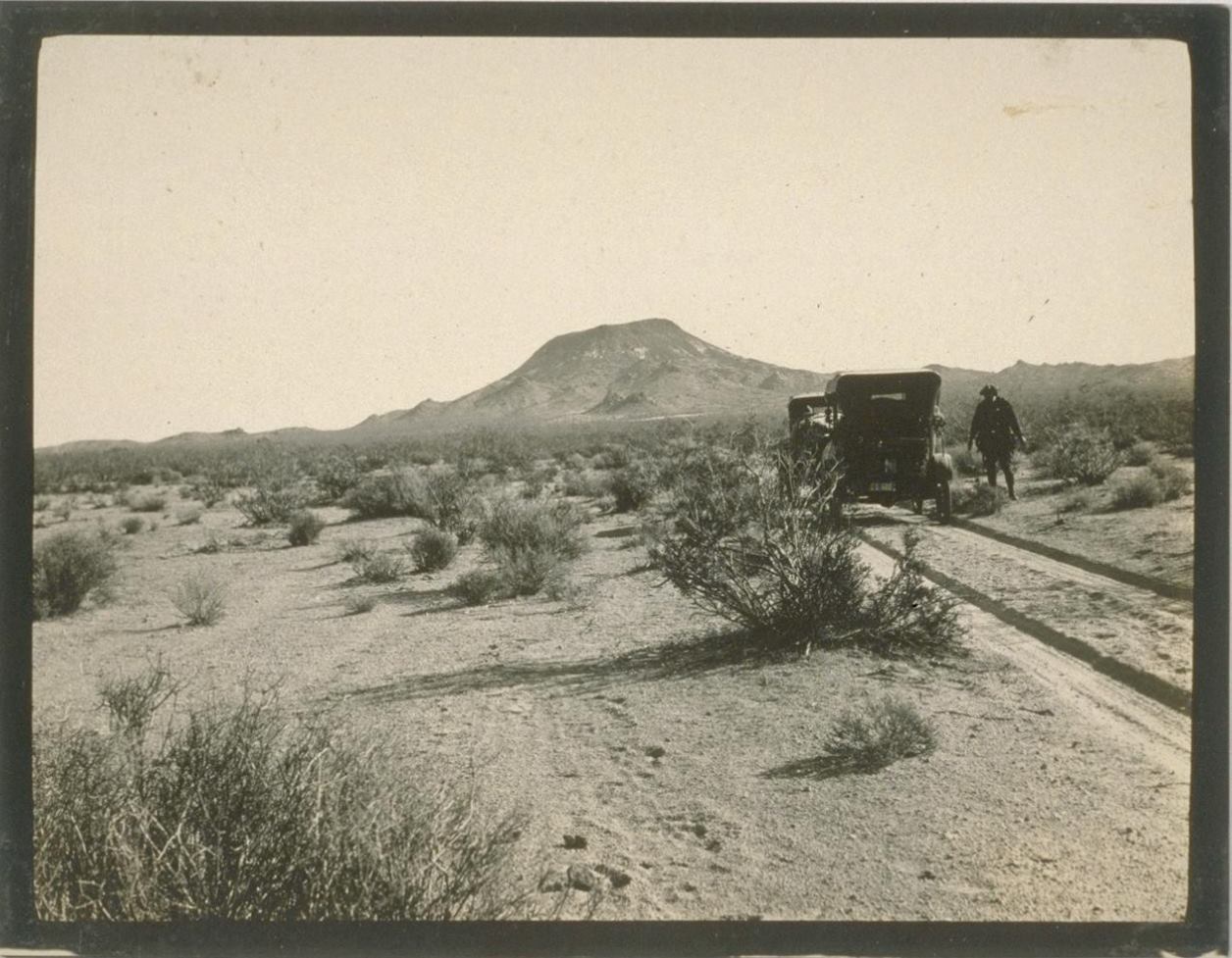
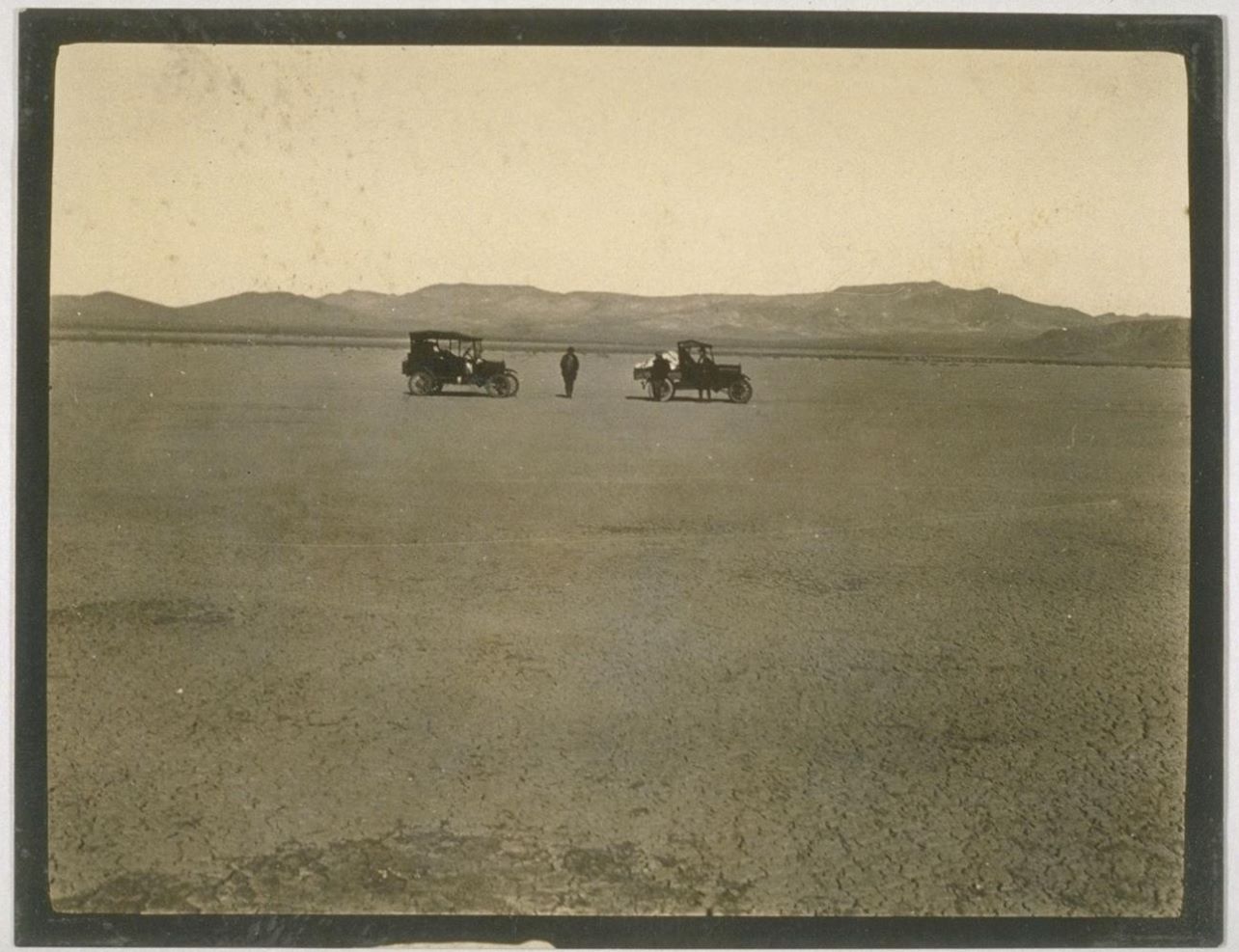
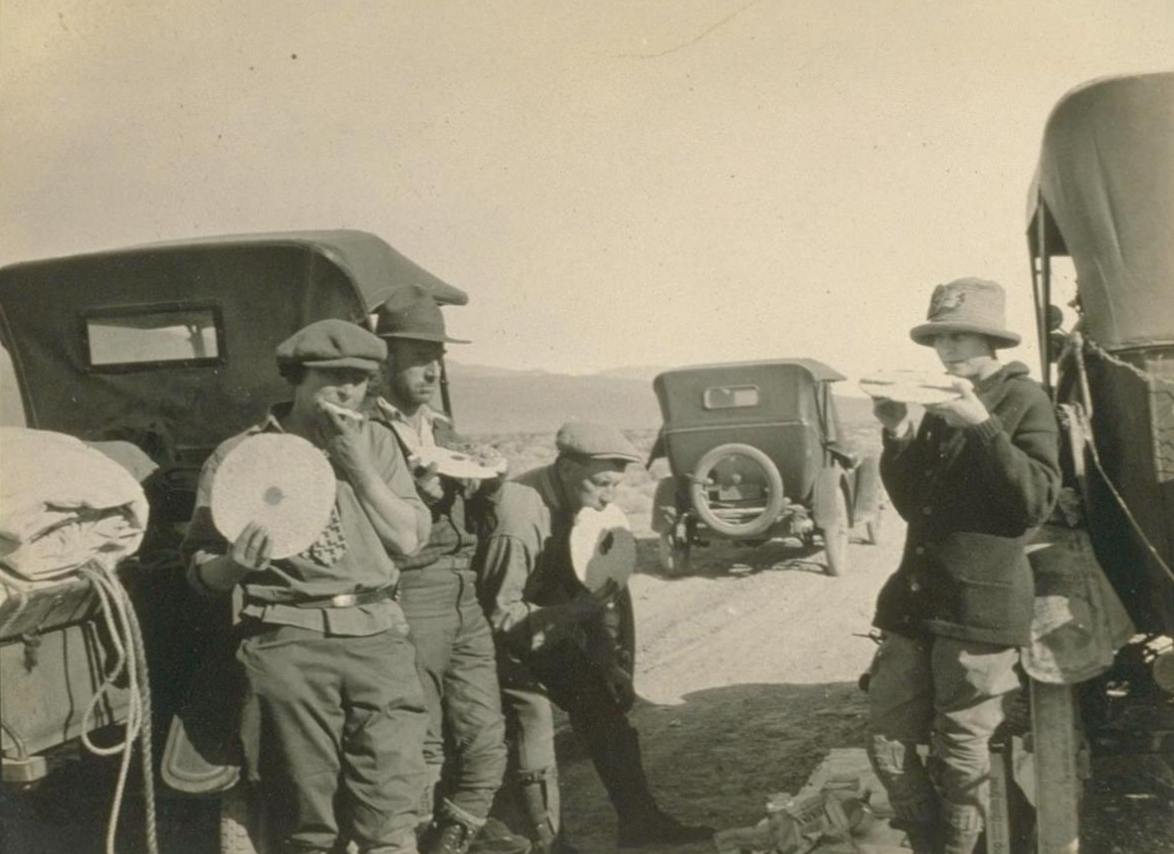
About Mr. Cushenbury
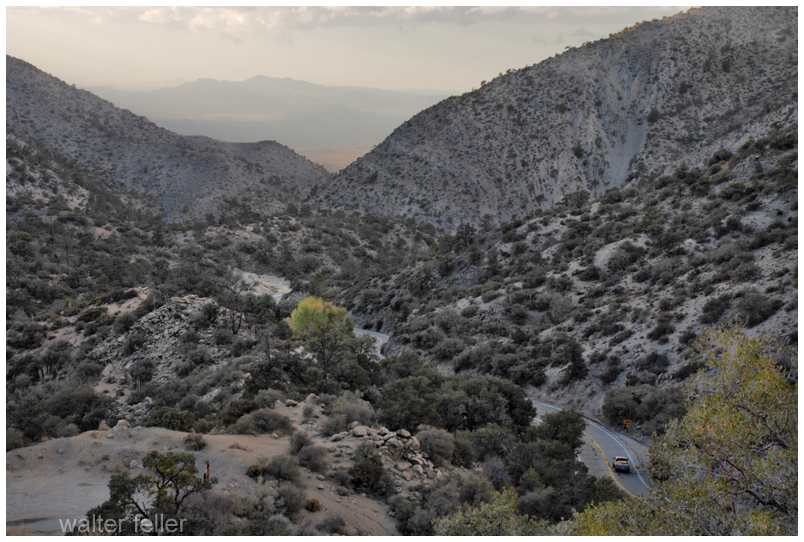
“As miners and ranchers moved into the area looking for wealth, the foothills quickly filled. The first of these documented miners was a man named John Cushenbury. In the 1860s he discovered silver and limestone near the spring, and thus began the rush of miners and “get-rich-quick” dreamers. However, like most get rich quick dreams this was also short-lived leaving ruminants of the small community scattered throughout the area today. This area was Cushenbury City and sported a healthy population for about a year or two.”

– Lucerne Valley Museum
Wagonero!
Fort Piute 1925
Broken Leg
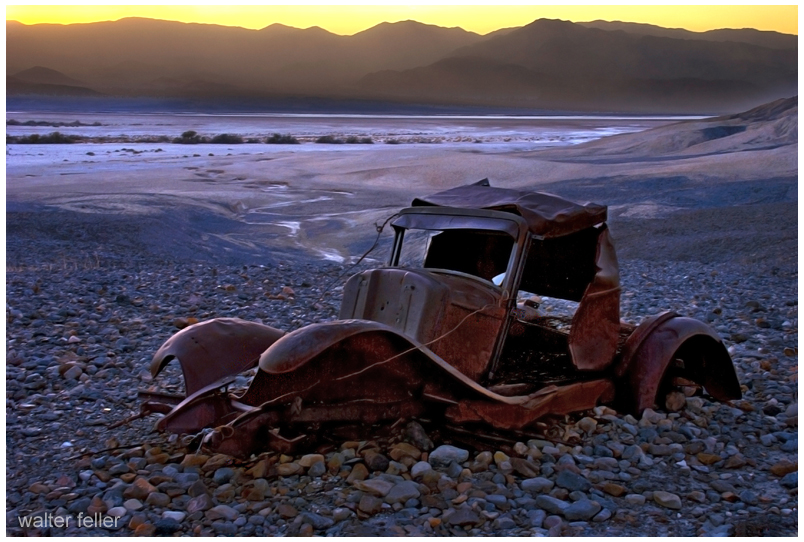
A gentleman named Bill had a hankering to wander about the desert. He had been told the way to really see the desert was to walk through it. He liked the idea and drove as far as Death Valley to start a good distance from all humanity and all things civilized. Here he met a Shoshone Indian Chief who traded him a fine burro for a fine, fairly new car. Off he went for a wonderful, if not occasionally harrowing adventure. Through Nevada into a corner of Utah back into Arizona and down the north rim of the Grand Canyon and back up the south rim to the village and then back to the desert in California. Well over a year had passed when he returned to his wife who was waiting for him in the little town of Baker in the middle of the Mojave. All was well upon his return and his adventures were becoming known far and wide. Bill had become known as ‘Burro’ Bill. One evening there was a knock at the door. Bill was surprised to see his friend, the Shoshone chief. The chief wanted his burro back. ‘Burro’ Bill said the burro was his now. They had been through so much together and he could not bear to part with the beast. The chief explained that a day or two after Bill and the burro departed the car had a flat tire and broke a wheel therefore was not drivable, therefore the deal was no good. The burro was still operable while the car that sat in Death Valley was not.
ref: review
Burro Bill and Me, Ramblings in the American Desert
Author: Edna Calkins Price
This Tragic Struggle
What histories of tragic struggle with fortune and of defeat there are written in California! How many young men, for whom still fond hearts of sisters or mothers beat lovingly in vain, have fought the battle of life here unsuccesfully, and have died, as men know how to die, in solitude without a murmur or a groan.
— Charles Loring Brace
The New West, 1869
Backroads
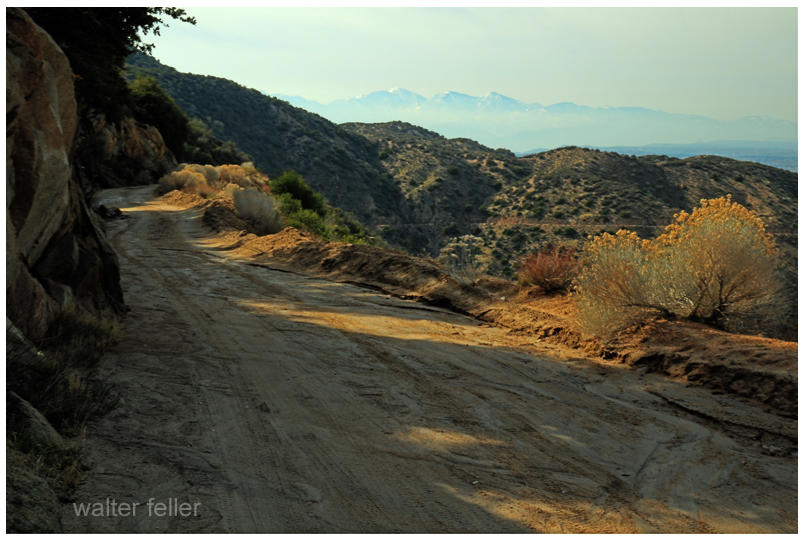
When the air has a bit of a chill and the days are short it feels good to spend time idling down a back road in that golden light with no intended time of arrival, anywhere.
Roads & Trails:
https://digital-desert.com/road-trail/
Cajon Pass Wagon Road Divide
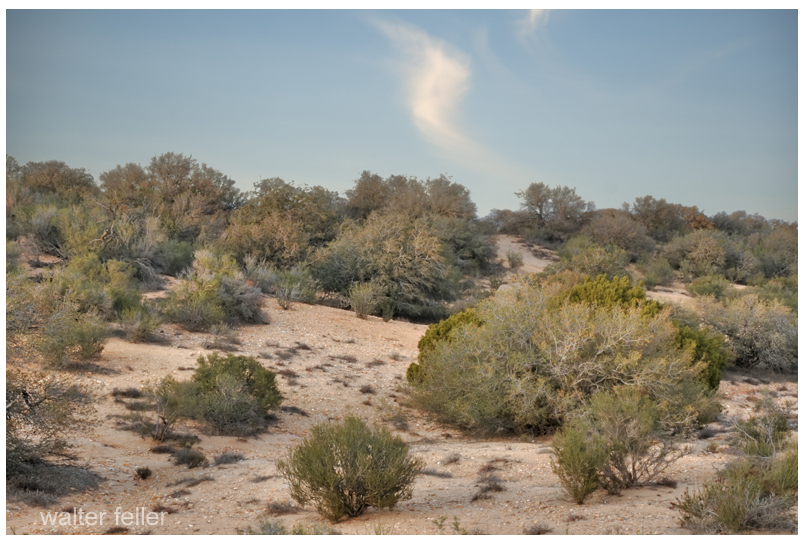
Just east of the Cajon Summit is where the historic traffic corridor in and out of the Mojave Desert narrows and the various alignments come within hollering distance of each other as they cross over the divide between the high desert and Cajon Canyon.
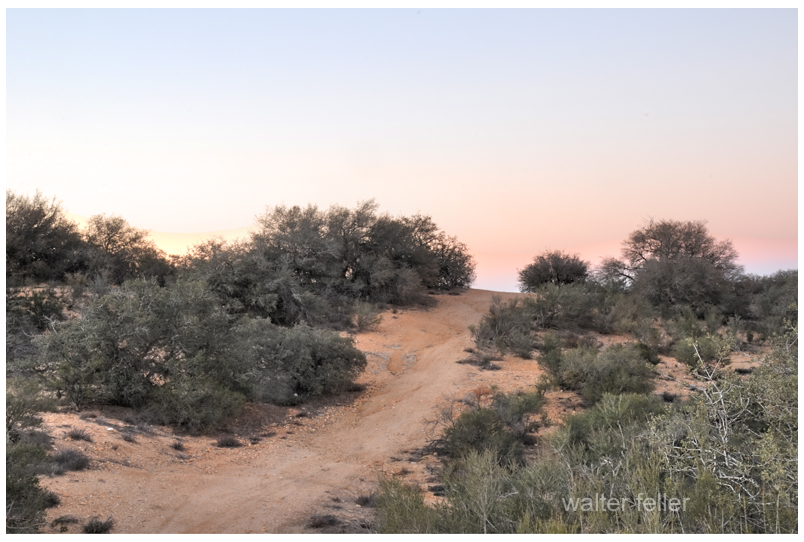
Traces and fragments of footpaths, trails, wagon roads and early highways can be found next to our modern freeway and here they become interwoven, laced and worn or grown over. None of all of this, by any means, obscures the vision of countless travelers of past ages passing this point.
Macadam
In 1873 Scottish inventor John Loudon McAdam created an inexpensive type of paving that used rocks and gravel, was put down while it was soft and cured as it was driven on.
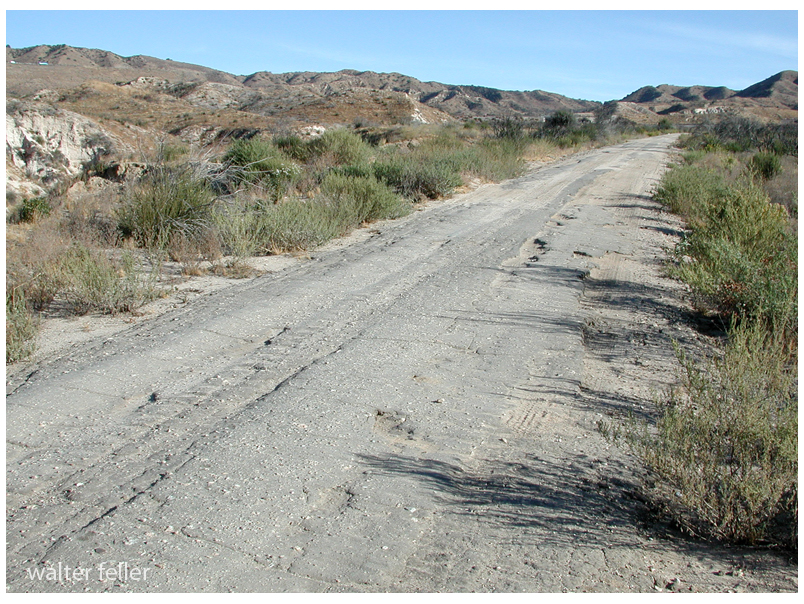
John Loudon McAdam and Macadam
Merriam-Webster: In 1783, inventor John Loudon McAdam returned to his native Scotland after amassing a fortune in New York City. He became the road trustee for his district and quickly set his inventiveness to remedying the terrible condition of local roads. After numerous experiments, he created a new road surfacing material made of bits of stone that became compressed into a solid mass as traffic passed over them. His invention revolutionized road construction and transportation, and engineers and the public alike honored him by using his name (respelled macadam) as a generic term for the material or pavement made from it. He is further immortalized in the verb macadamize, which names the process of installing macadam on a road.
Egg Business

Bill owned a chicken ranch out in the great wide-open desert. He was called to go to the big city to do some business and would be gone for several weeks. He asked his friend, Buck, to watch his chicken ranch while he was gone. Buck accepted and each and every day he fed and watered the chickens and gathered the eggs.
One day a rainy deluge swept across the desert causing flash flooding, panic, and havoc. The runoff from the rain destroyed all the chicken feed on Bill’s ranch. Since it would be a while before Bill returned, Buck was in a bit of a fix over the chicken feed. Buck went into the little town nearby to buy some more. He needed two sacks of feed but could only afford one. Buck, being the resourceful individual that he was, went next door to the lumber mill and bought a sack of sawdust. By mixing the sawdust with the chicken feed he would have enough to feed the chickens and keep them from starving.
Buck’s plan appeared to work, but soon one of the chickens laid a wooden egg–and then another hen laid one, and there was another, and another, and another.
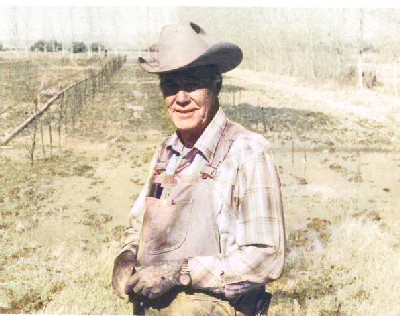
When Bill returned from the big city all of his chickens were laying wooden eggs.
Now, everybody pretty much knows that wooden eggs are useless and it didn’t take but a minute or so for Bill to realize the predicament he was in.
Bill solved his problem by getting out of the egg business.
The end.
Walkah
From: Edward Fitzgerald Beale, a Pioneer in the Path of Empire, 1822-1903
Walkara
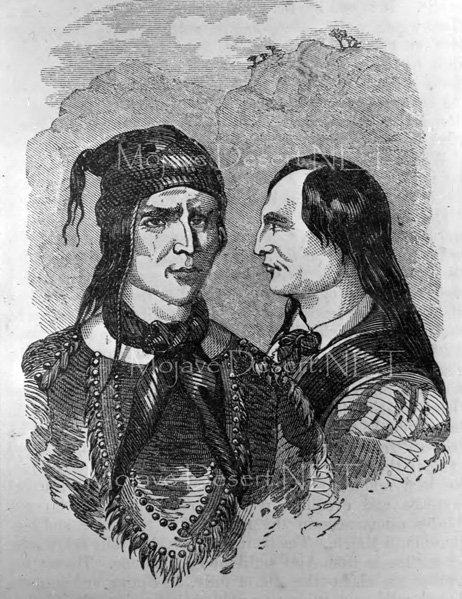
The water of Little Salt Lake is as briny, we were told, like that of Great Salt Lake, and we noticed that its shores were covered with saline incrustations for a mile or more from the water’s edge; but the Mormons stated that the salt was of little value, being impregnated with saleratus and other alkaline matter, which rendered it unfit for use. They obtain their supplies of this article from mines of rock salt in the mountains. The excitement occasioned by the threats of Walkah, the Utah chief, continued to increase during the day we spent at Parowan. Families flocked in from Paragoona, and other small settlements and farms, bringing with them their movables, and their flocks and herds. Parties of mounted men, well-armed, patrolled the country; expresses came in from different quarters, bringing accounts of attacks by the Indians, on small parties and unprotected farms and houses. During our stay, Walkah sent in a polite message to Colonel G. A. Smith, who had military command of the district, and governed it by martial law, telling him that, “The Mormons were d—d fools for abandoning their houses and towns, for he did not intend to molest them there, as it was his intention to confine his depredations to their cattle, and that he advised them to return and mind their crops, for, if they neglected them, they would starve, and be obliged to leave the country, which was not what he desired, for then there would be no cattle for him to take.” He ended by declaring war for four years. This message did not tend to allay the fears of the Mormons, who, in this district, were mostly foreigners, and stood in great awe of Indians.
The Utah chieftain who occasioned all this panic and excitement is a man of great subtlety and indomitable energy. He is not a Utah by birth but has acquired such an extraordinary ascendency over that tribe by his daring exploits, that all the restless spirits and ambitious young warriors in it have joined his standard. Having an unlimited supply of fine horses, and being inured to every fatigue and privation, he keeps the territories of New Mexico and Utah, the provinces of Chihuahua and Sonora, and the southern portion of California in constant alarm. His movements are so rapid, and his plans so skillfully and so secretly laid, that he has never once failed in any enterprise and has scarcely disappeared from one district before he is heard of in another. He frequently divides his men into two or more bands, which making their appearance at different points at the same time, each headed, it is given out, by the dreaded Walkah in person, has given him, with the ignorant Mexicans, the attribute of ubiquity. The principal object of his forays is to drive off horses and cattle, but more particularly the first, and among the Utahs we noticed horses with brands familiar to us in New Mexico and California.
This chief had a brother as valiant and crafty as himself to whom he was greatly attached. Both speaking Spanish and broken English they were enabled to maintain intercourse with the whites without the aid of an interpreter. This brother the Mormons thought they had killed, for, having repelled a night attack on a mill, which was led by him, on the next morning they found a rifle and a hatchet which they recognized as his, and also traces of blood and tracks of men apparently carrying a heavy body. Although rejoicing at the death of one of their most implacable enemies, the Mormons dreaded the wrath of the great chieftain, which they felt would not be appeased until he had avenged his brother’s blood in their own. The Mormons were surprised at our having passed in safety through Walkah’s territory, and they did not know to what they were to attribute their escape from destruction. They told us that the cattle tracks which we had seen a few days previously were those of a portion of a large drove lifted by Walkah, and that the mounted men we had noticed in the mountains in the evening of August 1st were scouts sent out by him to watch our movements. They endeavored to dissuade us from prosecuting our journey, for they stated that it was unsafe to travel even between their towns without an escort of from twenty-five to thirty men.
He has adopted the name of Walker (corrupted to Walkah) on account of the close intimacy and friendship which in former days united him to Joe Walker, an old mountaineer, and the same who discovered Walker’s Pass in the Sierra Nevada.
The Mormons had published a reward of fifteen thousand dollars for Walkah’s head, but it was a serious question among them who should “bell the cat.”
Indian Raids
Michael White & Rancho Muscupiabe
Chief Juan Antonio
The Arrest of Wyatt Earp — The Potash Wars
S. Wallace Austin – January 26, 1929
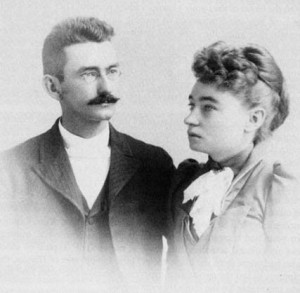
The recent death of Wyatt Earp ( January 13, 1929) recalls to mind the part he played in the claim jumping expedition to Searles Lake in October 1910. At the time I was Acting Receiver for the California Trona Company and was in charge of a group of placer mining claims covering some 40,000 acres. The party had been organized at Los Angeles by Henry E. Lee, an Oakland attorney and probably was the best equipped gang of claim jumpers ever assembled in the west. It consisted of three complete crews of surveyors, the necessary helpers and laborers and about 20 armed guards or gunmen under the command of Wyatt Berry Stapp.
The party of 44 in number, arrived at Searles Lake in seven touring cars and established a camp at the abandoned town of “Slate Range City” about eight miles southeast of the company’s headquarters. On the morning following their arrival we saw some of the surveyors across the lake and our foreman road over and ordered them off the property but they paid no attention to his protest an proceeded to do a very thorough job or surveying and staking.
As I considered it necessary to make some show of force in protecting our claims, I visited the enemy’s camp at sunrise the next day with our whole force of five men who were armed with all the weapons they could collect. It was a very critical moment when we jumped from our wagon and walked up in front of the mess house where the raiders were assembled for breakfast. I stood in the center with my boys on either side of me. There was a shout and men came running from all directions and fearing there might be trouble.
I started right off to explain to the surveyors present that I had only come over to give notice that I was officially and legally in possession of the claims and that they were trespassers.
Before I got very far a tall man with iron grey hair and a mustache pushed his way to the front and in a loud voice demanded why I had come into their camp with armed men. At the same time he grabbed hold of my shotgun held by the boy on my left and attempted to take it away from him. At this attack upon us I drew an automatic and ordered him to let go. He did so and then ran to a building nearby saying “I’ll fix you.” Before he could secure a rifle, however, the cooler headed members of the party surrounded him and calmed him down. Also, you may be sure every effort was made to prevent a fight, as, in spite of our bold being, we were pretty badly scared.
Just as things seemed to have quieted down, one of the excited jumpers accidentally discharged a gun. No one was hurt but, it was a very tense moment for all of us. Having failed to dislodge the enemy the following day I called for a US Marshall and when he arrive the claim jumpers were all arrested and sent home including “Wyatt Berry Stapp”, none other than the famous Marshal Wyatt Stapp Earp.
Dinosaurs of Apple Valley
Apple Valley’s Dinosaur Park – by Myra McGinnis

If you drove north on Central Avenue in Apple Valley, about 3 miles from Highway 18, a strange sight might give you a moment surprise: a group of dinosaurs would appear on the horizon. This meant figures represent the work of Lonnie Coffman, a soft-spoken, wiry, energetic man, who, in the 1960s, began the building of his childhood fantasy a dinosaur park.

With his Midwestern family to board to provide recreational trips and entertainment, Coffman spent much of his childhood in the public library reading about prehistoric animals and dreaming of the park he would someday build for other children to enjoy. According to a former neighbor, Rose McHenry, he worked from dawn until dark every day on his hobby. He never charged the busloads of schoolchildren that visited the park, climbing over this meant replicas, and listening to the man, usually of few words, expound on the life of the dinosaur.

He had written to Washington to get the exact measurements of Noah’s Ark to add to his collection, when, after 12 years of personal funding, his savings ran out. Coffman appealed to the county for help to continue building his 17 1/2 acre park, but was turned down. He had no other recourse but to give up his dream. According to Mrs. McHenry, Lonnie Coffman left the area about 1982 a heartbroken man, leaving his concrete dinosaurs to the winds and sands of the desert.


Adapted from Mojave V – Mohahve Historical Society
Lovejoy Springs
The Story of Lovejoy Springs becoming Lake Los Angeles, in maps …

The Salt Cave
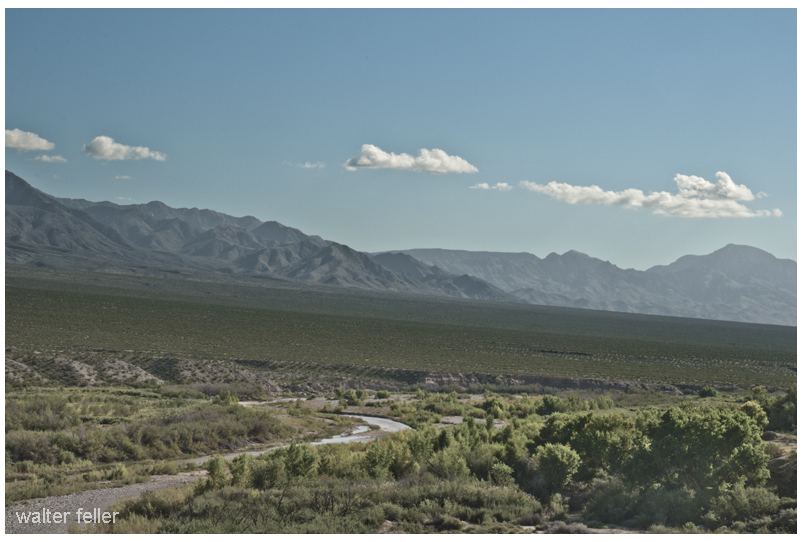
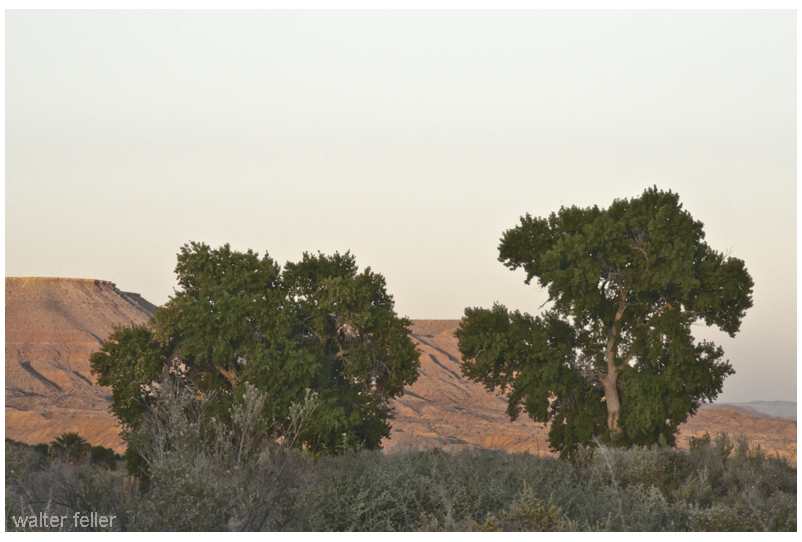
“These Indians are Pa utch but not as wild as those above the Mt. their women and children did not run off. I saw at their Lodges a large cake of rock salt weighting 12 or 15 lbs and on enquiry found that they procured it a cave not far distant.”
Journal of Jedediah Smith – 1826
http://mojavedesert.net/jedediahsmith/journal-1-02.html
“I turned off to the right across a level piece of ground about 1/2 mile to the foot of a hill which appears to be two or three mile long and 100 or 150 feet high its course being about parallel with the River which is here running S E or E S E.”
Journal of Jedediah Smith – 1826
“One of my men found a singular substance Some hard and transparent pieces of stone about twice as large as a large pea were firmly fixed in the side of a flat stone. Appearance of an abundance of Iron ore are seen here. and most certainly if a country produces minerals in proportion to its barrenness this must be rich in mineral productions.”
Journal of Jedediah Smith – 1826
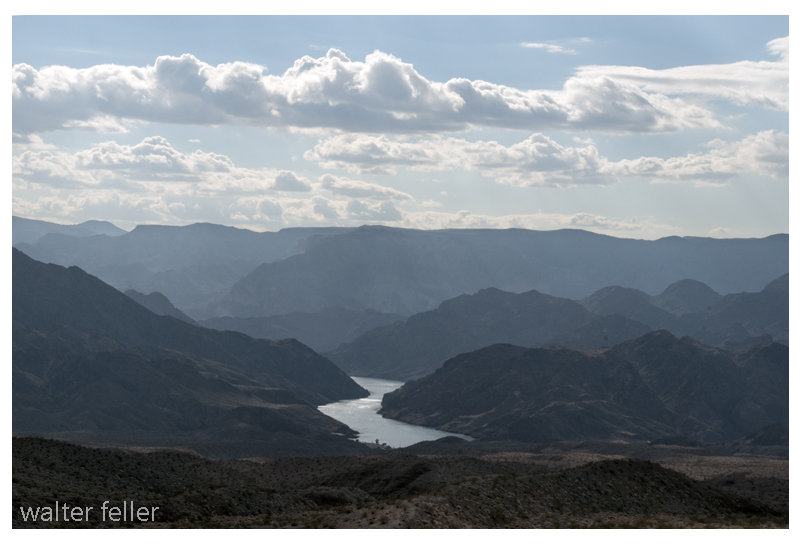
“The River entering a low but rugged mountain below I found it would be necessary to turn off from it to the left and as my guides informed me that it was more than a days travel to the next accessible point on the river between which place and this no water could be found”
Journal of Jedediah Smith – 1826

Chaguanoso
In 1839, Cucamonga Rancho was granted by Gov. Juan B. Alvarado to Tiburcio Tapia, a prominent businessman in Los Angeles, serving just then as alcalde there. like old Don Antonio Maria Lugo, Tapia was a native born Californian and had been a corporal in the Presidio in Santa Barbara. During the Indian revolt in 1824 he was head of the guard at Mission La Purisima, and conducted himself with credit there. He had held various public offices afterward. He was prefect in 1840 during the great Chaguanoso raid on Southern California stock, and directed the pursuit of the robbers.
California archives abound in references to this outlaw raid of 1840, the greatest robbery of California stock that has occurred in the history of the state. It furnished all Southern California with thrills for weeks. On May 14, Juan Perez administrator of Mission San Gabriel, electrified the dozing occupants of the office of the alcalde at Los Angeles with the announcement that Chaguanosos had just robbed the mission of three bands of mares. Reports of similar losses at other points followed. Shortly, and great excitement developed. Three armed parties when pursuit of the ladrones; the first party, under Ygnacio Palomares, setting out the very next day. Palomares was from Rancho San Jose adjoining the Cucamonga Rancho.

Two days later Felipe Lugo, one of the two Los Angeles justices of the peace, sent a formal notice to every outlying judicial officer and every rancho mayordomo that horses add stolen from San Gabriel to San Bernardino, and that men were needed to reinforce the party that had gone out with Palomares. With these notices went a list of men delegated to this task, and a warning that anyone failing to respond would be fined 20 pesos. Men were drafted from every rancho. Apparently some of the calls came after the quotas had been furnished; for an unsigned letter from San Gabriel to Justice Lugo states that the mayordomo, four vaqueros, and seven men armed with bows and arrows had already started and the Mission could send no more. The party to reinforce Palomares left under command of Juan Leandry, the second Los Angeles justice.
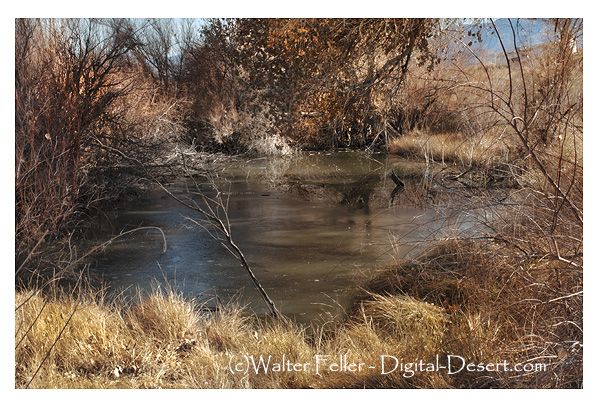
Four days after receiving the news of the robbery, Prefect Tapia notified Justice Lugo that inasmuch as it was imperative that more men be sent to the two expeditions in the field, and since a third-party was proving hard to raise, he was ordering that prisoners in the jail be set free under the bond of the commander. Next day the names of three prisoners released on parole were made public.
Ill fortune followed Palomares’ party from the start. On the fourth day after his departure, Leandry, presumably on his way to join him, received word that Palomares had encountered the bandits and had been worsted by them. On the next day, five days after the raid, the third party set out, under José Antonio Carillo.
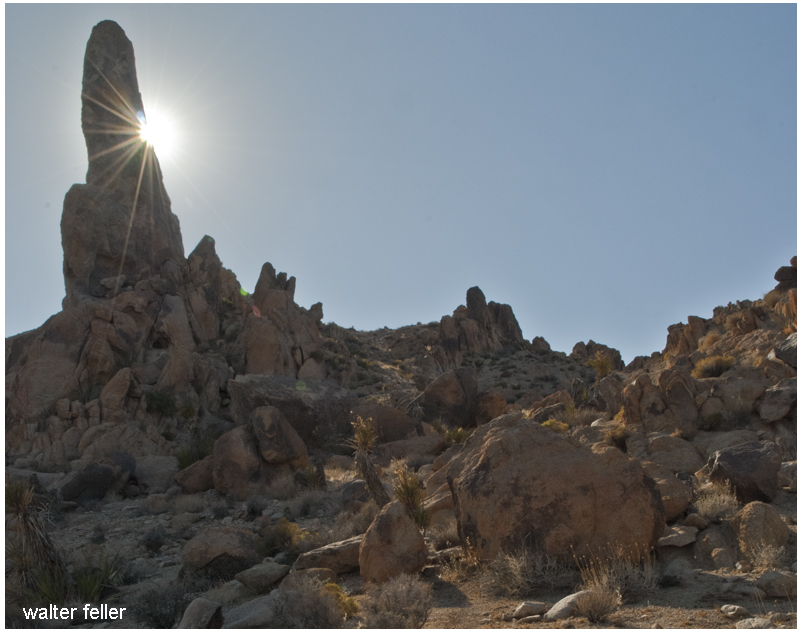
Palomares’ party evidently scattered after its defeat, four, on the same day that the third-party left Los Angeles, Ygnacio Alvarado, of the San Jose Rancho, sent word that two of Palomares’ men had arrived there. Their encounter with the robbers had been on the other side of the “Monument,” a great natural landmark about 12 miles northeast of Rabbit Springs on the Mojave Desert. The outlaws were evidently heading for the caravan trail at what was later called Fork of the Roads. They must’ve crossed the Mojave River east of the present village of Daggett, near Newberry.
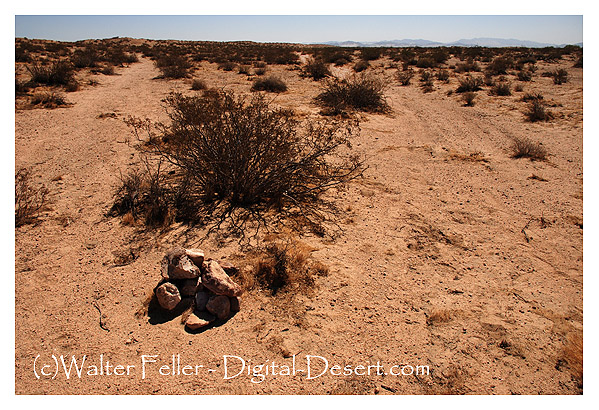
The Spanish custom of making wordy reports of all official doings shows throughout this affair.in fact one is tempted to believe that report making was an important part of the entire pursuit. Palomares reported on May 19, after his defeat, that he had arrived at (Old) San Bernardino with eight of the 23 man that had gone out with him; that in the attack on the Chaguanosos one white man and one Indians had been killed and one other man wounded; and that their mounts had been either killed or taken from them when they were retreating from the Rancho de las Animas, a cienaga south of what is now Victorville. Evidently the robbers had ceased for a time to be fugitives and had turned pursuers, and Palomares’ retreat from then on had been on foot.
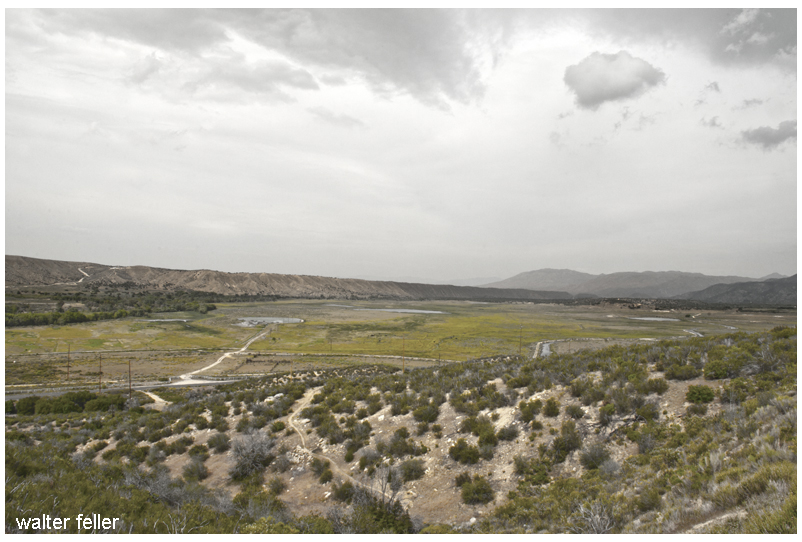
Leandry reported on the 20th that he had joined Palomares at San Bernardino and midnight the night before with 18 men; that their combined forces numbered 26, all supplied with firearms and cartridges; and that they had proceeded to Cajon Pass where they were then awaiting further orders. He stated that until the day before a detachment of the enemy, numbering as high as a hundred, had occupied the camp where he then was.
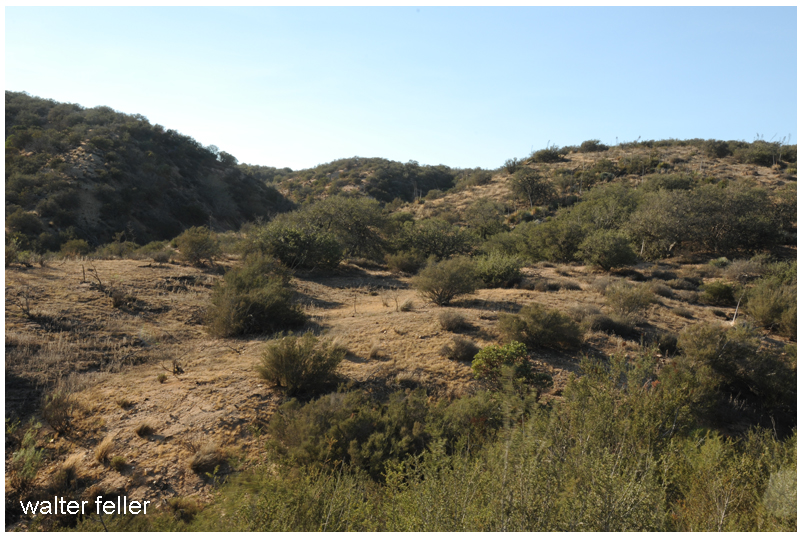
On May 22, Carrillo reported from a place he called “Campo de la Puente”– that a reconnoitering party of 10 had left him at 8 o’clock in the morning of the day before to spy upon the enemy. While the party was then about 10 leagues from where he was writing, while awaiting the arrival of ammunition and arms from Los Angeles preparatory to continuing the pursuit. He reported that he had 225 horses, 75 good men, 49 guns, nine braces of pistols, 19 spears, 22 swords and sabers, and 445 cartridges, all in good condition.
From now on he seems to have been in command of the entire pursuing party which, according to him, consisted of “80 citizens.” In his report of June 1, made after the grand chase was ended and he had returned to Los Angeles, we find his account of the campaign. Justice Leandry had been with him and had also sent reports regularly. What became of Palomares does not appear. The ammunition Carrillo had been awaiting evidently reached him, and he had joined the reconnoitering party.
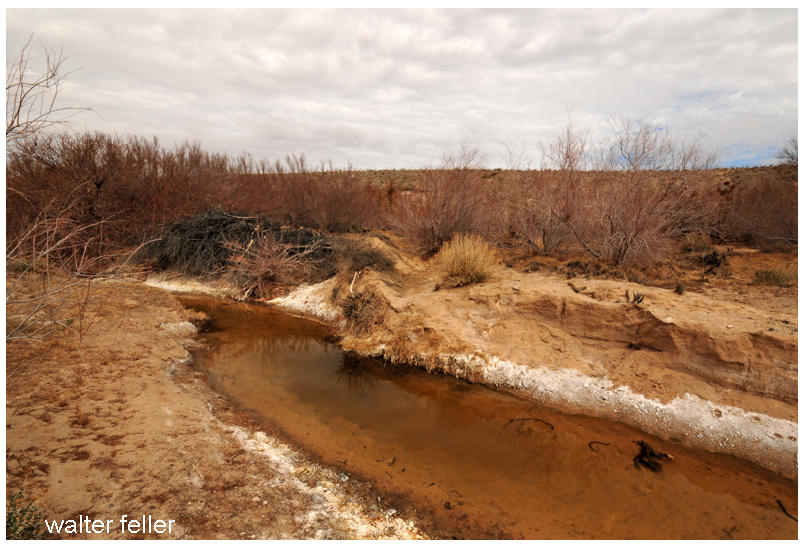
From the tracks of the robbers’ party he decided that they were driving about 3000 stolen animals and were traveling directly north. At 8 o’clock on the morning of the 24th, he had reached a place he called “Ojo de Agua de la Mesa,” where the tracks were very fresh. This was probably what is now called Bitter Springs.
The party left their baggage and their extra horses here, and on writing about six leagues farther, cited an enemy outlook. They chased him to the mountain, but he escaped from them. At four in the afternoon they noted a cloud of dust in the distance, and saw that the horses were being driven in separate bands. A little before sunset of the 25th, the rearguard of the robbers was surprised at a place called “Agua de Ramon,” a point reported by Leandry as about 100 leagues from Los Angeles. It was probably either Resting Springs or some spring in that vicinity.
Carrillo reported that this rearguard consisted of 20 riflemen; and according to Leandry, who claimed to have found a list of their names in an abandoned coat, they were citizens of the United States. Carrillo wrote that, I’m being warned of the approach of the pursuing party, the bandits fled precipitately, leaving saddles, clothing, and cooking utensils, while along the road lay about 1500 of the horses that had perished from thirst and hunger. Leandry wrote that in their flight the outlaws abandoned even their hobbled horses. Carrillo explained that his party had not pursued the robbers farther because of the exhausted condition of their own mounts and the lack of food. Leandry reported their return to Los Angeles on May 28, and ended with the comment that the robbers gained very little from the raid, since in the marches, made a full speed without water, they had lost more than half the horses. The pursuing party gained even less. Thus ended the affair that through all Southern California into a fever.
There is nothing in the archives to indicate who the Americans in this raid were. Bill Williams and Peg leg Smith have been mentioned as possible leaders, and there are reasons for believing that one or both of them were at least connected with it.
from; Heritage of the Valley
San Bernardino’s first century
George W. Beatie & Helen Pruitt Beattie – 1939
Luncheon at the Ladies Club
“I was down in San Berdo the other day, and a man got me into one of them women’s afternoon fandangos; you know, one of them afternoon affairs where they all talk and don’t say nothing. And a “fly-up-the-creek” woman came up, all “a side-winding,” and said: ‘Now Mr. Scott, I’m sure in your desert travels you must have lots of opportunities to do kind deeds. What you tell the ladies the kindest deeds you ever did?”
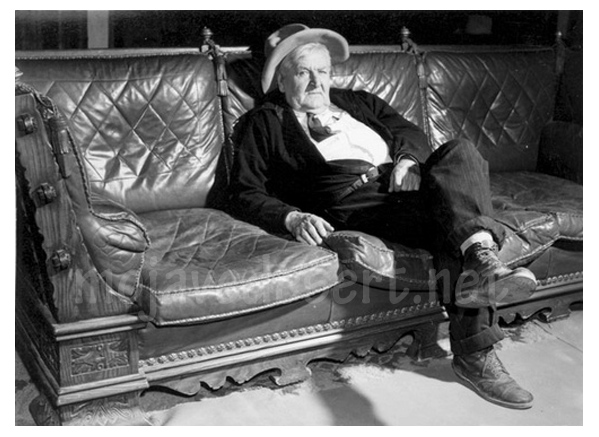
“Well, lady,” I says, ” let me think a minute. One time several years ago I been traveling all day on a horse, and I came in on a dry camp way up in one of the canyons. There was an old road leading up to it; hadn’t been used for years; but I noticed fresh tracks on it. When I got to the camp, there sat an old man and an old woman. They must have been 70 years old apiece. When they saw me they both began to cry, and I said: ‘ my goodness, how in the hell did you two ever get up here?’ Well, they said, they were driving through the valley, and it was so hot they thought they were going to die, and they come up to this road and they thought it led to a higher place where it would be so hot, so they took it and got up there, and it was night, so they camped there all night in the morning they found their horse had wandered off. They had looked for him but he was gone, and they’d been there most a week and had no food. Well, I open my packet built a fire and made them a cup of coffee and fried some bacon and stirred up some saddle blankets (hot cakes) for them, and say, you ought to see them two old folks eat! It cheered them up considerable.
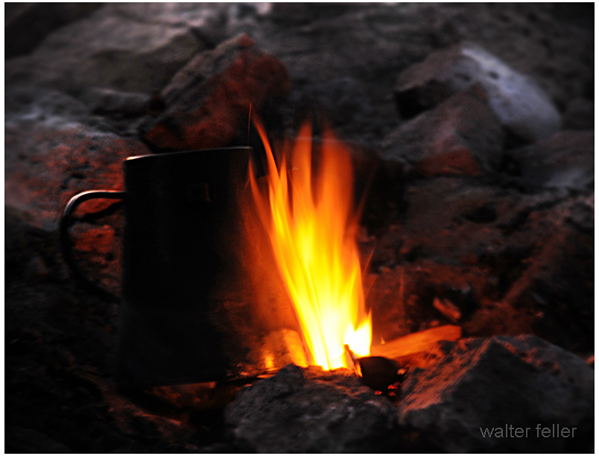
We sat around the fire all the evening and powwowed, and they was a nice old couple. We all slept that night on the ground. They was pretty cold, so I gave them a blanket I had. The next morning I made them some more coffee and gave them some breakfast. I had to be going, so I packed up and got astride my horse. I sort of hated to leave the old couple; they seemed kind enough sort of people; but there was nothing else to do; so I said goodbye, and they both was crying; said they’d sure die; no way for them to get out. They couldn’t walk. It was 100 miles from help, and there was no automobiles in those days. But I got on my horse and started off, and then I looked around and saw them two old people a-standing there crying, and, you know, I just couldn’t stand it to leave them old people there alone to die, so I’d just took out my rifle and shot them both. Lady, that was the kindest deed I ever did.”
“Oh, Scotty,” I said, “Why did you tell those women such a tale as that?”
“Well, you know all them bandits you meet when you go out; you got to tell them something, ain’t you?”
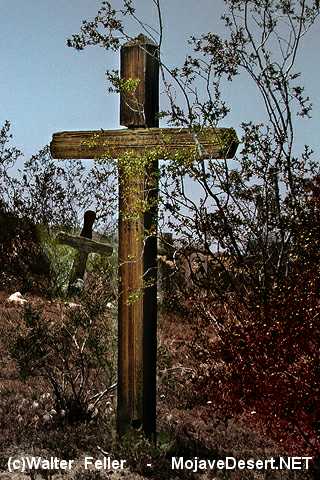
“I suppose so, but it seems to me you might think up something better than that to tell at a ladies club meeting.”
“Well, that’s what I told that bunch, anyway. You’ve got to send up some kind of a howl if you’re going to be heard. There are so many free schools and so much ignorance.”
And Scotty lighted another fifteen cent cigar (he always smoked the best), …
from Death Valley Scotty by Mabel – Bessie M. Johnson
– Death Valley Natural History Association
Death Valley Scotty
Springs & Things — Before Time Began
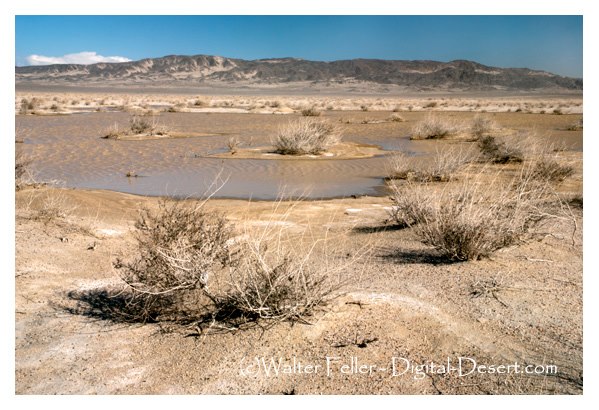
I have heard that the Paiute Indians have a legend–a story they would tell about a giant who crossed the desert with an olla full of water in each arm. With each step he would leave his footprint in the ground, and water would spill from the olla into the hole as he walked on. The giant was so large that these waterholes were one day’s walk between each for a normal-sized man. The Indian learned this and used these waterholes to travel great distances and trade with other Peoples beyond the desert. As time went on and things went the way things do, one such trail became the Mojave Road. — Editor
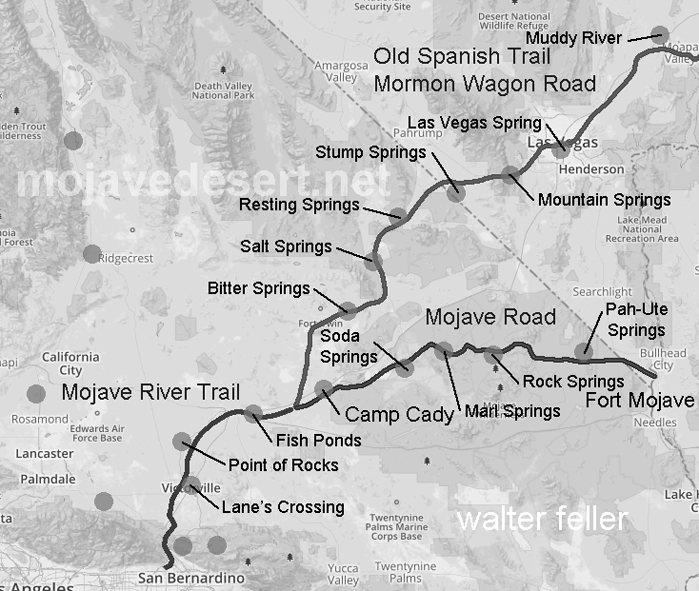
History of Eastern Mojave & the Mojave Road
Mojave Desert Springs
Salt Lake Road
Mojave Road
Camp Cady
Legend of the Hassayampa
Wickenburg, Az.
The legend of the Hassayampa River as it runs through Wickenburg, Arizona, has it that if you drink from the river’s waters you will never tell the truth again. There, of course, are some caveats and loopholes some weak-kneed people may use to claim the curse will not affect them, but it does–they may be lying, however.
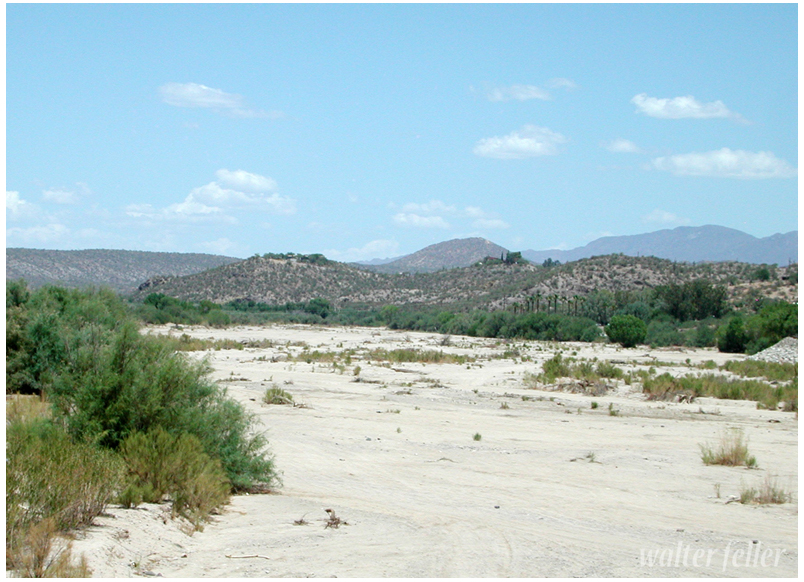
At any rate, it was not people who went into the desert merely to write it up who invented the fabled Hassayampa, of whose waters, if any drink, they can no more see fact as naked fact, but all radiant with the color of romance. I, who must have drunk of it in my twice seven years’ wanderings, am assured that it is worthwhile.
~ Land of Little Rain – Mary Austin
Country of Lost Borders
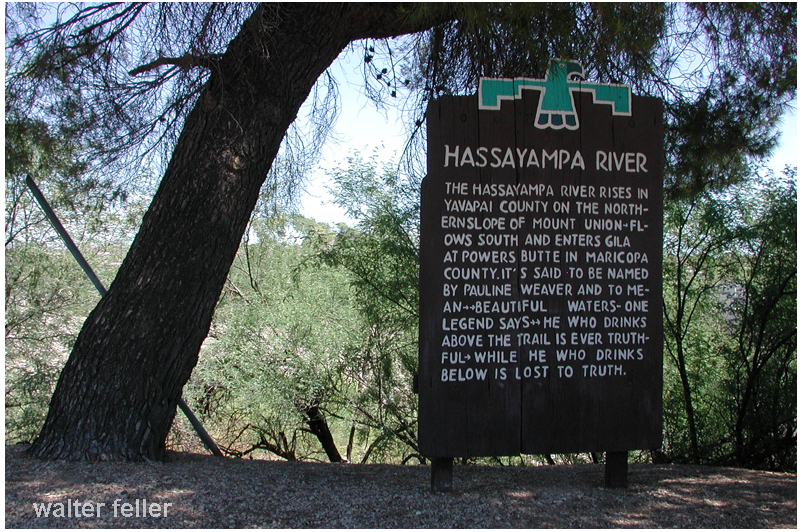
The Hassayampa Legend
-Andrew Downing
There’s a legend centuries old
By the early Spaniards told
Of a sparkling stream that “lies”
Under the Arizona skies
Hassayampa is its name
And the title of its fame
Is a wondrous quality
Known today from sea to sea
Those who drink it’s waters bright
Red man, white man, boor or Knight
Girls, or women, boys or men
Never tell the truth again!
Earp, California
Earp, California is an unincorporated community in San Bernardino County in the Sonoran/Mojave Desert transition next to the Colorado River at the California/Arizona state line in Parker Valley.
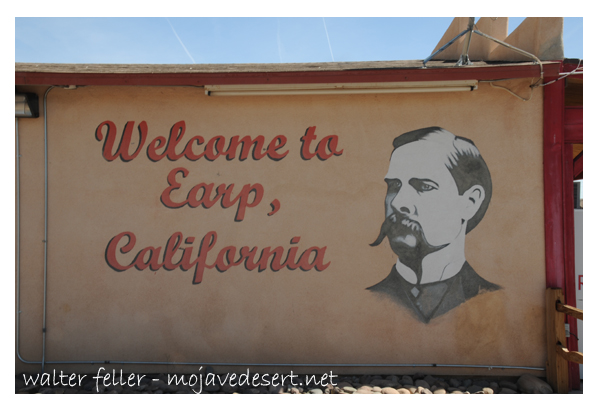
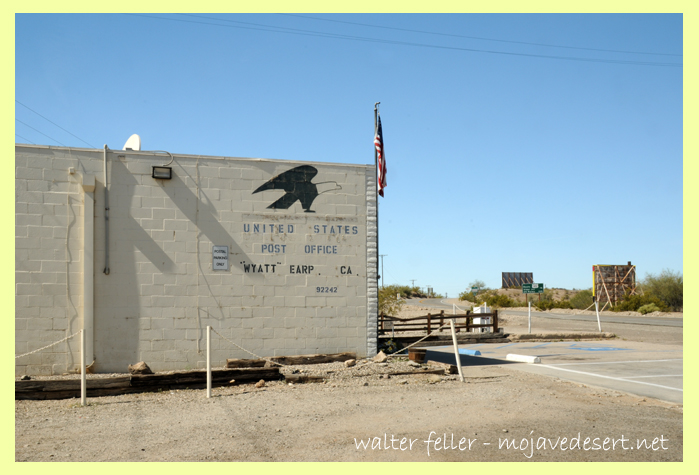
In 1910 the little town was named Drennan. In 1929 Drennan was renamed Earp in 1929 in honor of the nefarious Old West lawman and entrepreneur Wyatt Earp. Wyatt and Josephine Sarah Marcus, his common-law wife, lived in the area seasonally from about 1906 staking more than 100 claims near the base of the Whipple Mountains.
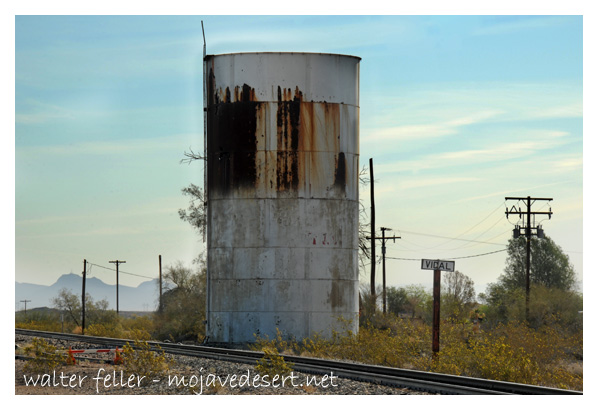
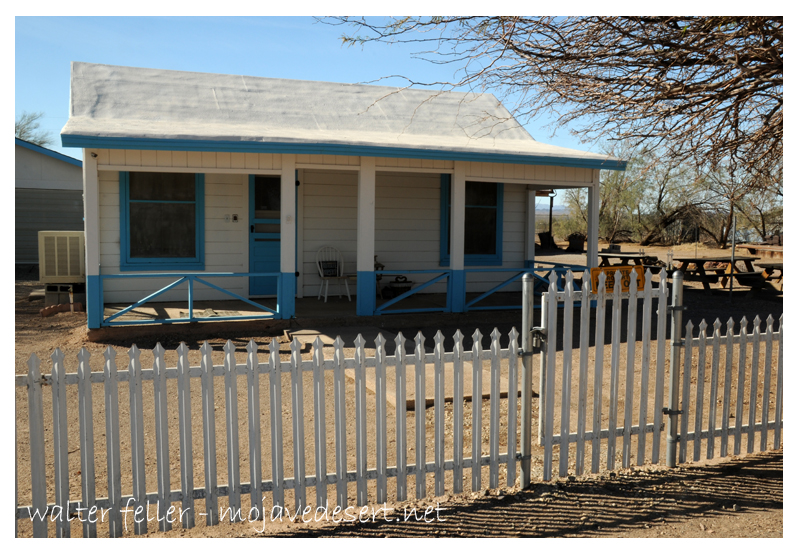
They bought a small cottage in nearby Vidal and lived there during the fall, winter and spring months of 1925 – 1928, while he worked his “Happy Days” mines in the Whipple Mountains a few miles north. It was the only place they owned the entire time they were married. They spent the winters of his last years working the claims but lived in Los Angeles during the summers, where Wyatt died on January 13, 1929.
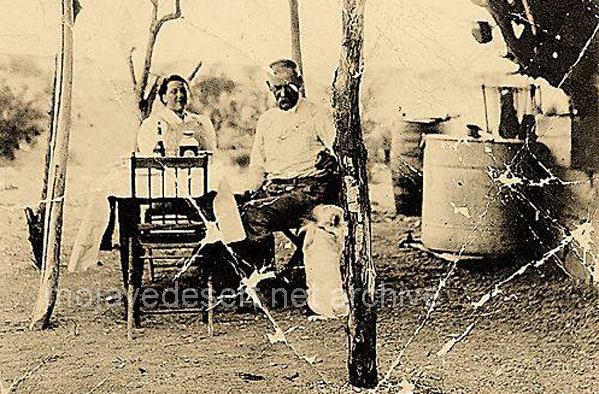
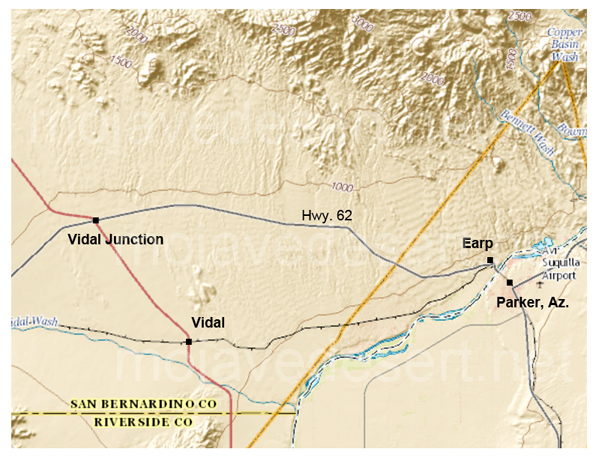
Sagebrush Inn: Route 66
Now, there is no question that Bessie catered to some wild goings on at the Sage Brush Inn, but the thing that seems to titillate people is the rather persistent rumor that she was a madam and operated a brothel. This rumor is wide spread and taken as a given by many, maybe most, and it is certainly strengthened when Bill Bender is one of those who states it to be a fact.
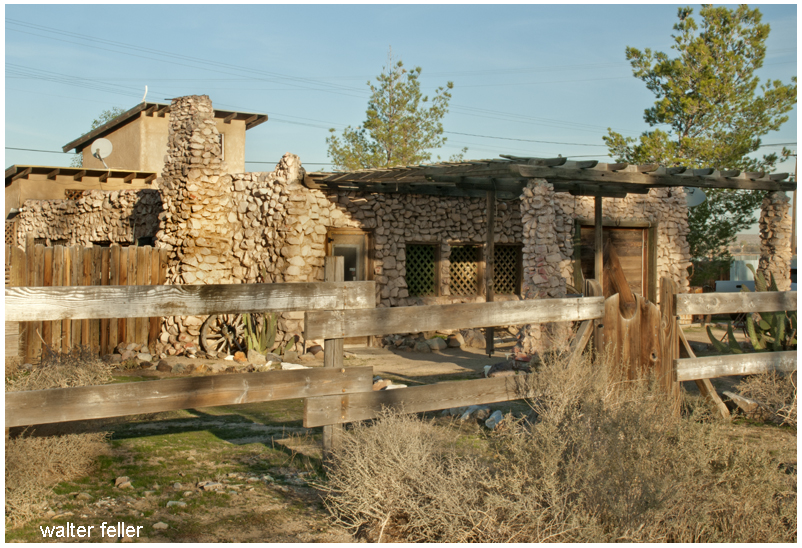
Bill lived right across the street from Bessie, was well acquainted with her, and was in a position to be in the know. He put it this way:
During World War II that [living] room did overtime as a ‘junior brothel’ for any lonesome airman stationed at George. Annie could always get in touch with a shady lady or two when the demand was there. It never really became a steady part of her business, but she was for anything that turned a profit.
There are also wild stories about how youngsters were not allowed in the place, not even during the day, and about thatched cribs, little shed-like structures, that dotted the back yard. However, in the early days as a service station this would seem most unlikely. Nor does it seem reasonable to suppose that Sagebrush Annie’s roadhouse would have brazenly had cribs on the premises with her family and friends in close proximity. Of course, in later years, with her relatives and friends gone, the situation would have been different.
from; Sagebrush Annie & the Sagebrush Route
By Richard D. Thompson
Walking the Indian Trail
Mataviam described travel in general to Kelly (1933: 23:7) in the following way:
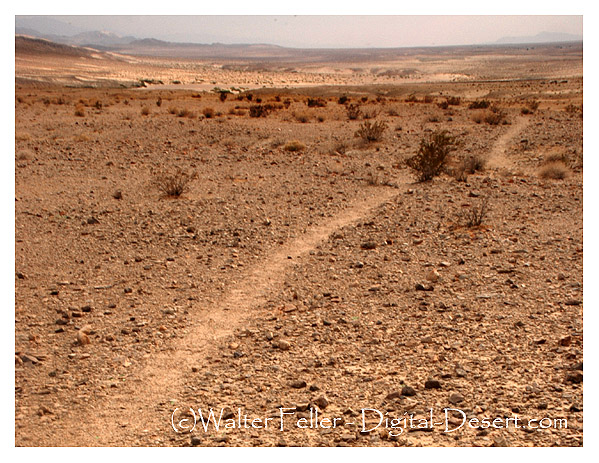
Travelers packed everything on their backs, and wore any kind of foot gear. Children always wore shoes; if the children were too small to walk, their parents took turns carrying them. They also took turns packing the water jar, which was carried in a burden basket (ais) or a net. Blankets, etc., were taken. Women took cooking utensils, including manos, but not metates. Men took weapons and walked ahead. Dogs accompanied the party. Children were given something to carry; perhaps a small skin sack, but not a burden basket or net. Travel along certain routes had to be timed so that people could be sure that there would be water available in drier sections. Timing was particularly important if some of these sources were tanks and sandstone potholes.
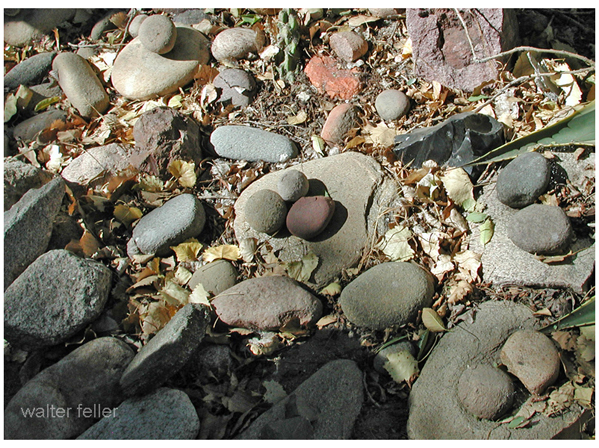
from:
Southern Paiute – Chemehuevi Trails Across the Mojave Desert:
Isabel Kelly=s Data, 1932-33 (Darling/Sneed Symposium, AAA 2004)
Catherine S. Fowler
University of Nevada, Reno
Shorty Harris — Out to Lunch
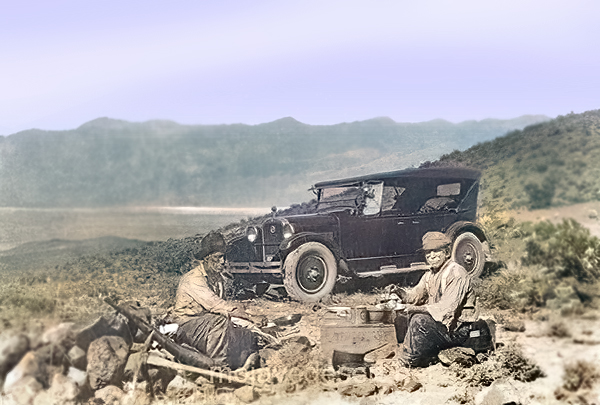
Shorty Harris and his companion eating next to an automobile somewhere in Death Valley during the 1920s. Rhyolite, Nevada was founded in 1904 after Shorty Harris and Ed Cross discovered Rhyolite Quartz at the Bullfrog mine. By 1906 the town had two railroad lines and a population of 10,000. The mines, however, did not produce as expected and by the early 1910s Rhyolite was abandoned. Aurora, Nevada was a silver mining boomtown founded in 1860. The heyday of Aurora ran throughout the 1860s (Mark Twain briefly lived there), but it slowly declined after 1870. It went through a rebirth in 1912 when a new stamp mill and cyanide plant were built at the mines. In 1917, however, the mill closed down and by the early 1920s Aurora was abandoned. Calico, California was initially founded as a silver mining town in 1882 but by 1890 the cost of recovering the silver became prohibitive. The town, however, continued to exist until 1907 due to the production of Borax.
Shorty Harris
At Furnace Creek ranch, Mr. Harris learned of the finding of three partially decomposed bodies between Lee’s camp in Echo canon and the Lida C. [sic] borax mine, at the foot of a low hill on the north side of the Funeral range. The presence of the bodies was first reported at Ash Meadows by an Indian, who was attracted to the spot by a band of coyotes and a …
The Prospector
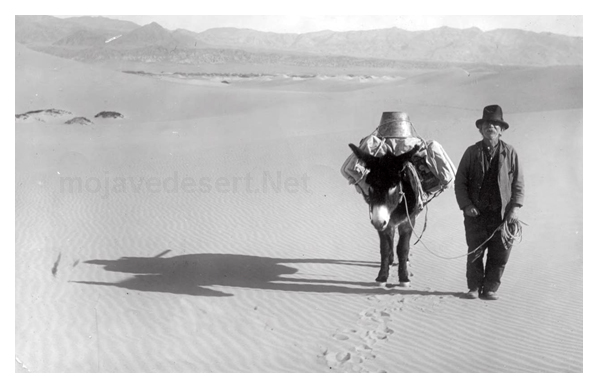
The prospector is one of the unique, one of the most exceptional and most worthy of all those remarkable characters who have exploited and led the way for the development of the west. The west owes him a debt of gratitude which the west can never pay. Always poor, often homeless, self-reliant, hopeful, generous and brave, he has been the solitary explorer of desert and mountain vastness. He is the one who unlocked from its imprisoned silence the countless millions of what is now the world’s wealth. He penetrates the most remote and inaccessible regions, defies hunger and storms alike, sleeps upon the mountain side or in improvised cabins, restlessly wanders and searches through weeks and months and years for nature’s hidden and hoarded treasures. Often-times his search ends in poverty and distress and failure, sometimes in success. Without the prospector – this poor isolated wanderer – the great mining centers of the west would not exist. Without his uneasy, never-tiring efforts, millions of dollars now on their way to minister to the happiness and comfort of the country would never have been poured into the channels of business and commerce.
(Excerpt taken from “100 Years of Real Living” by the Bishop Chamber of Commerce, 1961)
Prospectors & Miners
Shorty Harris
Ode to Barstow
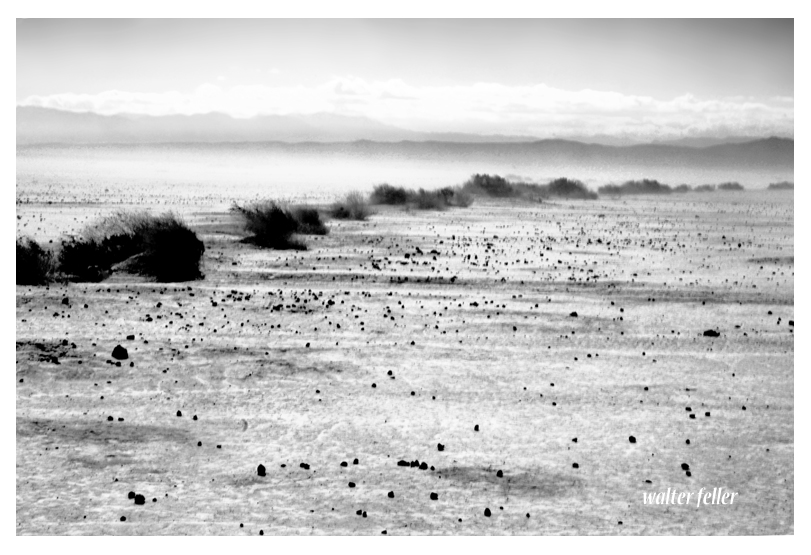
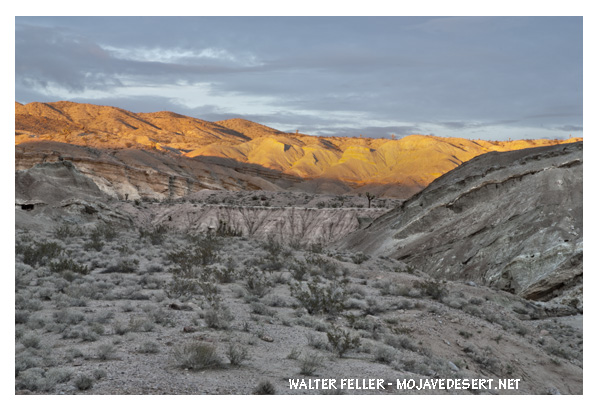
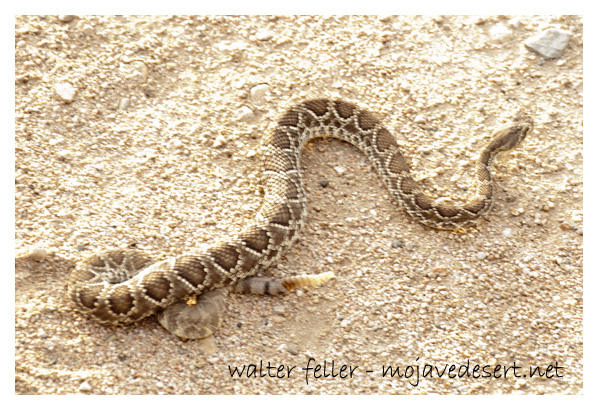
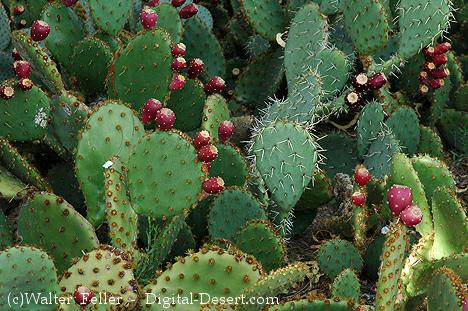
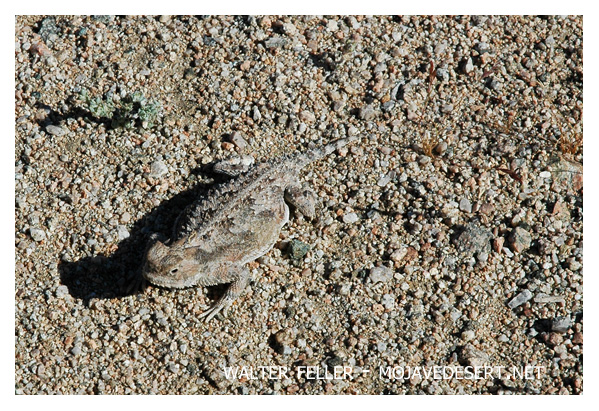
The devil wanted a place on earth, sort of a summer home.
A place to spend his vacation whenever he wanted to roam.
So he picked out Barstow, a place both wretched and rough.
Where the climate was to his liking and the people were hardened and tough.
He dried up the streams in the canyons and ordered no rain to fall.
He dried up the lakes in the valley then baked and scorched it all.
Then over his barren desert he transplanted shrubs from hell.
The cactus, thistle and prickly pear. The climate suited them well.
Now, the home was much to his liking, but animal life, he had none.
So he created crawling creatures that all mankind would shun.
First he made the rattlesnake with its forked poisonous tongue;
Taught it to strike and rattle and how to swallow its young.
The he made scorpions and lizards and the ugly old Horned Toad.
He placed spiders of every description under rocks by the side of the road.
The he ordered the sun to shine hotter, hotter and hotter still.
Until even the cactus wilted and the old Horned Toad looked ill.
Then he gazed on his earthly kingdom as any creator would.
He chuckled a little up his sleeve and admitted that it was good.
‘Twas summer now and Satan lay by a prickly pear to rest.
The sweat rolled off his swarthy brow so he took off his coat and vest.
“By Golly,” he finally panted, “I did my job too well, I’m going
Back where I came from. Barstow is hotter than Hell.”
~ Anonymous
-= Mojave River Valley Museum =-
The Oatman Family Massacre
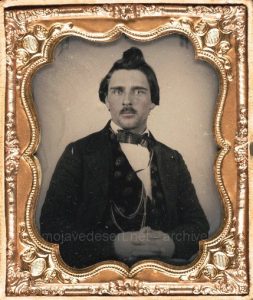
“When I recovered my thoughts I could hardly realize where I was, though I remembered to have considered myself as having also been struck to the earth, and thought I was probably dying. I knew that all, or nearly all of the family had been murdered; thus bewildered, confused, half conscious and half insensible, I remained a short time, I know not how long, when suddenly I seemed awakened to the dreadful realities around me. My little sister was standing by my side, sobbing and crying, saying : ‘Mother, O mother ! Olive, mother and father are killed, with all our poor brothers and sisters.’ I could no longer look upon the scene. Occasionally a low, piteous moan would come from some one of the family as in a dying state. I distinguished the groans of my poor mother, and sprang wildly toward her, but was held back by the merciless savage holding me in his cruel grasp, and lifting a club over my head, threatening me in the most taunting, barbarous manner. I longed to have him put an end to my life. ‘0h!, thought I, ‘must I know that my poor parents have been killed by these savages and I remain alive !’ I asked them to kill me, pleaded with them to take my life, but all my pleas and prayers only excited to laughter and taunts the two wretches to whose charge we had been committed.
” After these cruel brutes had consummated their work of slaughter, which they did in a few moments, they then commenced to plunder our wagon, and the persons of the family whom they had killed. …
Lorenzo Oatman – RE: The Oatman Family Massacre, 1851
Captivity of the Oatman Girls
The First Timbisha
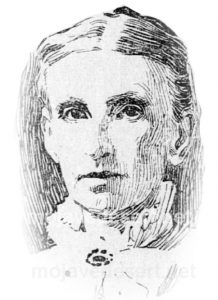
In December of 1849 anxious gold seekers and their wagons broke away from the Mojave San Joaquin Company (Mojave Sand-walking Company) to take a shortcut to the goldfields of California. Their map was incomplete and vague not informing these wayward pioneers of the numerous ranges of mountains between them and their destination. As a result they lost their way in the rocky canyons and sandy washes leading down into what we now know as Death Valley.
It was obvious to the travelers that Indians lived in the area, but they all had fled from the wanderers with one exception. Both Julia Brier and William Manly, members of this band of Lost 49ers recorded the first known encounter with this remaining Timbisha Shoshone Indian.
The next morning the company moved on over the sand to — nobody knew where. One of the men ahead called out suddenly, “Wolf! Wolf!” and raised his rifle to shoot.
“My God, it’s a man!” his companion cried. As the company came up we found the thing to be an aged Indian lying on his back and buried in the sand — save his head. He was blind, shriveled and bald and looked like a mummy.
He must have been one hundred and fifty years old. The men dug him out and gave him water and food. The poor fellow kept saying, “God bless pickaninnies!” Wherever he had learned that. His tribe must have fled ahead of us and as he couldn’t travel he was left to die.
Excerpt from the December 25, 1898 edition of The San Francisco Call
Our Christmas Amid the Terrors of Death Valley – Julia Brier
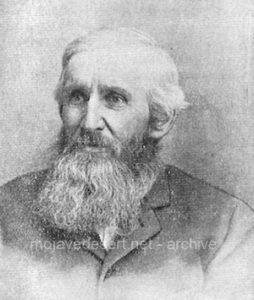
The following account of the same incident was written by William Manly in his book, Death Valley in ’49
Next morning I shouldered my gun and followed down the cañon keeping the wagon road, and when half a mile down, at the sink of the sickly stream, I killed a wild goose. This had undoubtedly been attracted here the night before by the light of our camp fire. When I got near the lower end of the cañon, there was a cliff on the north or right hand side which was perpendicular or perhaps a little overhanging, and at the base a cave which had the appearance of being continuously occupied by Indians. As I went on down I saw a very strange looking track upon the ground. There were hand and foot prints as if a human being had crawled upon all fours. As this track reached the valley where the sand had been clean swept by the wind, the tracks became more plain, and the sand had been blown into small hills not over three or four feet high. I followed the track till it led to the top of one of these small hills where a small well-like hole had been dug and in this excavation was a kind of Indian mummy curled up like a dog. He was not dead for I could see him move as he breathed, but his skin looked very much like the surface of a well dried venison ham. I should think by his looks he must be 200 or 300 years old, indeed he might be Adam’s brother and not look any older than he did. He was evidently crippled. A climate which would preserve for many days or weeks the carcass of an ox so that an eatable round stake could be cut from it, might perhaps preserve a live man for a longer period than would be believed.
~ Love that disparate history 🙂
